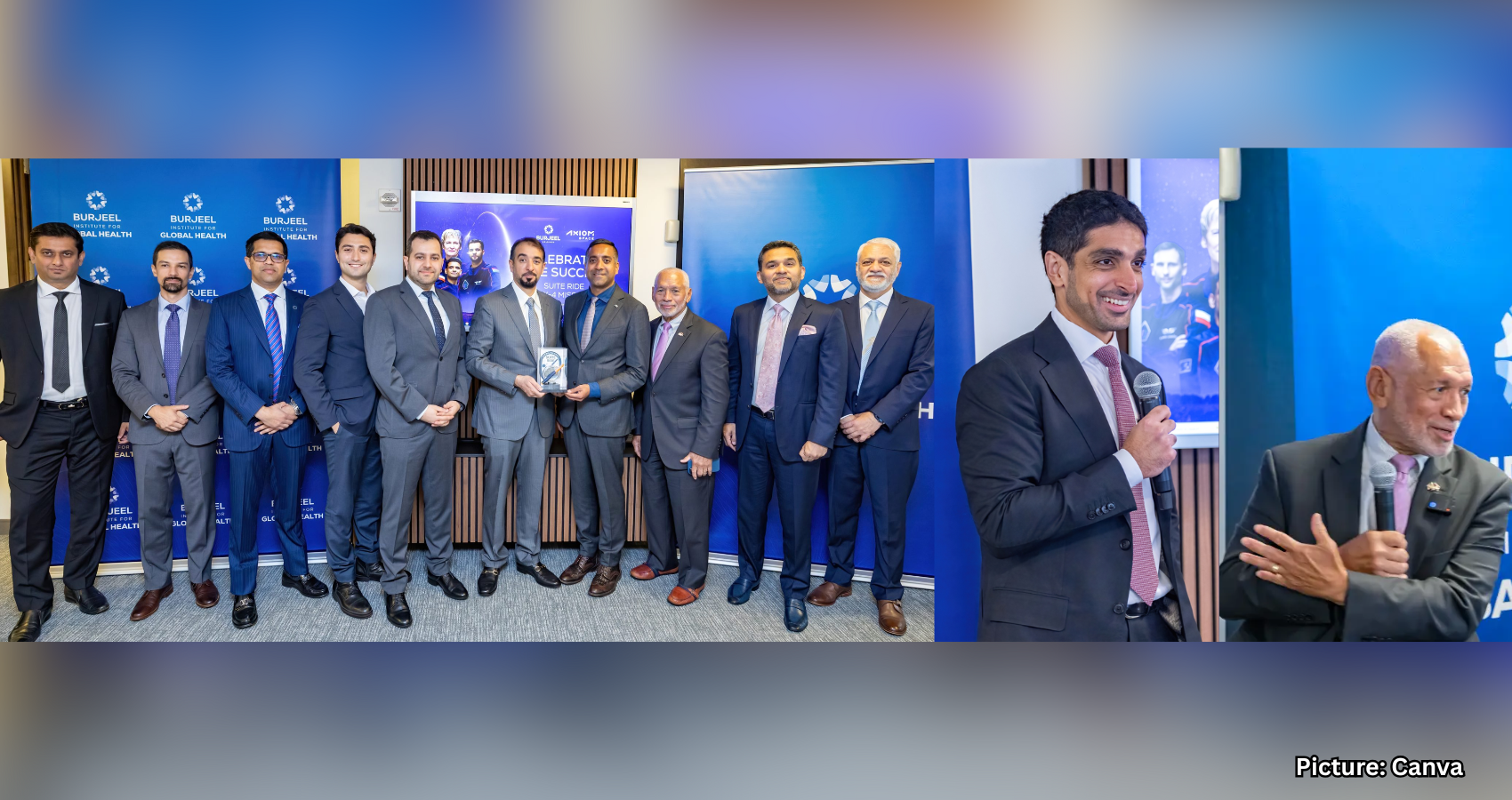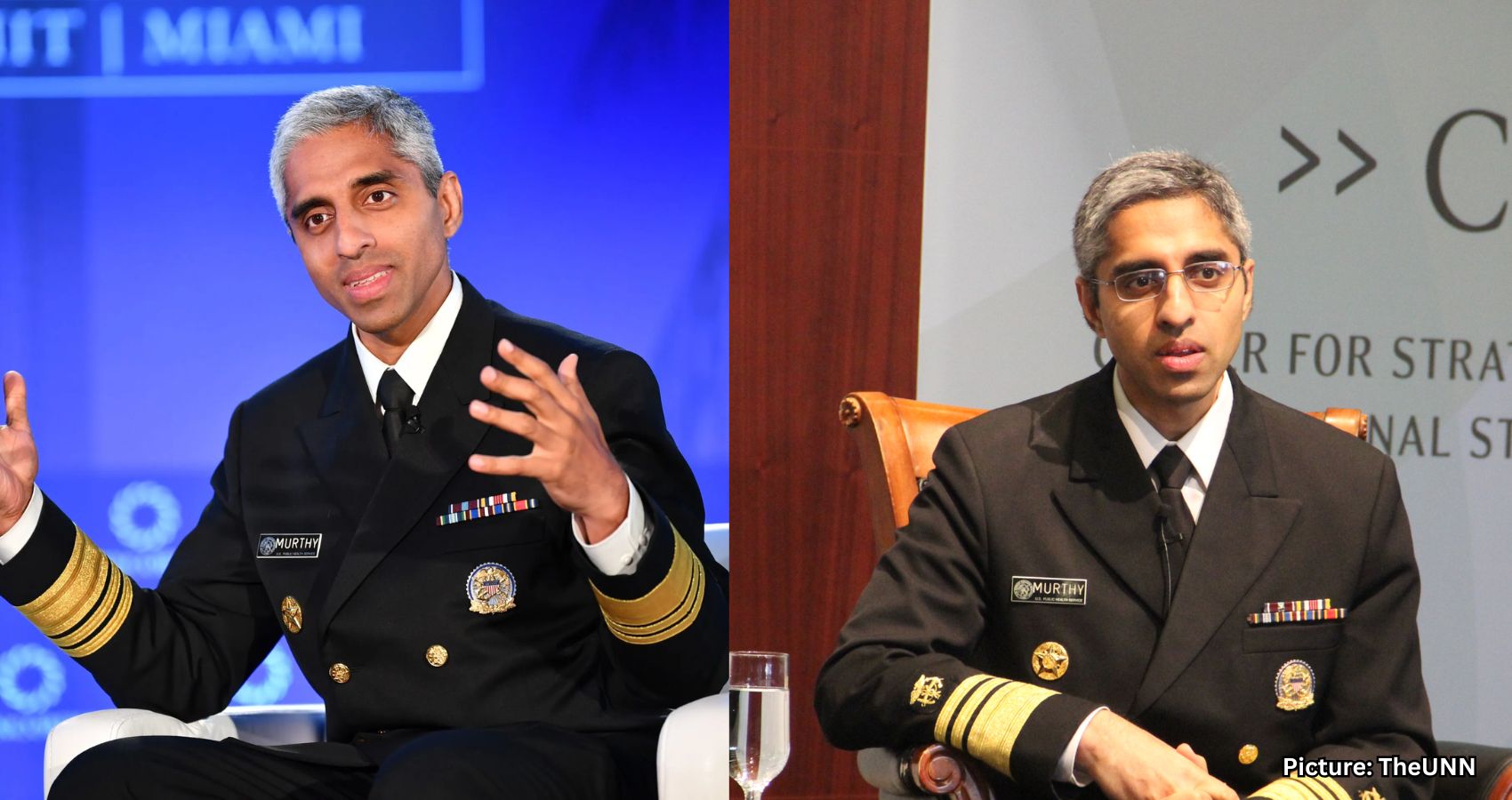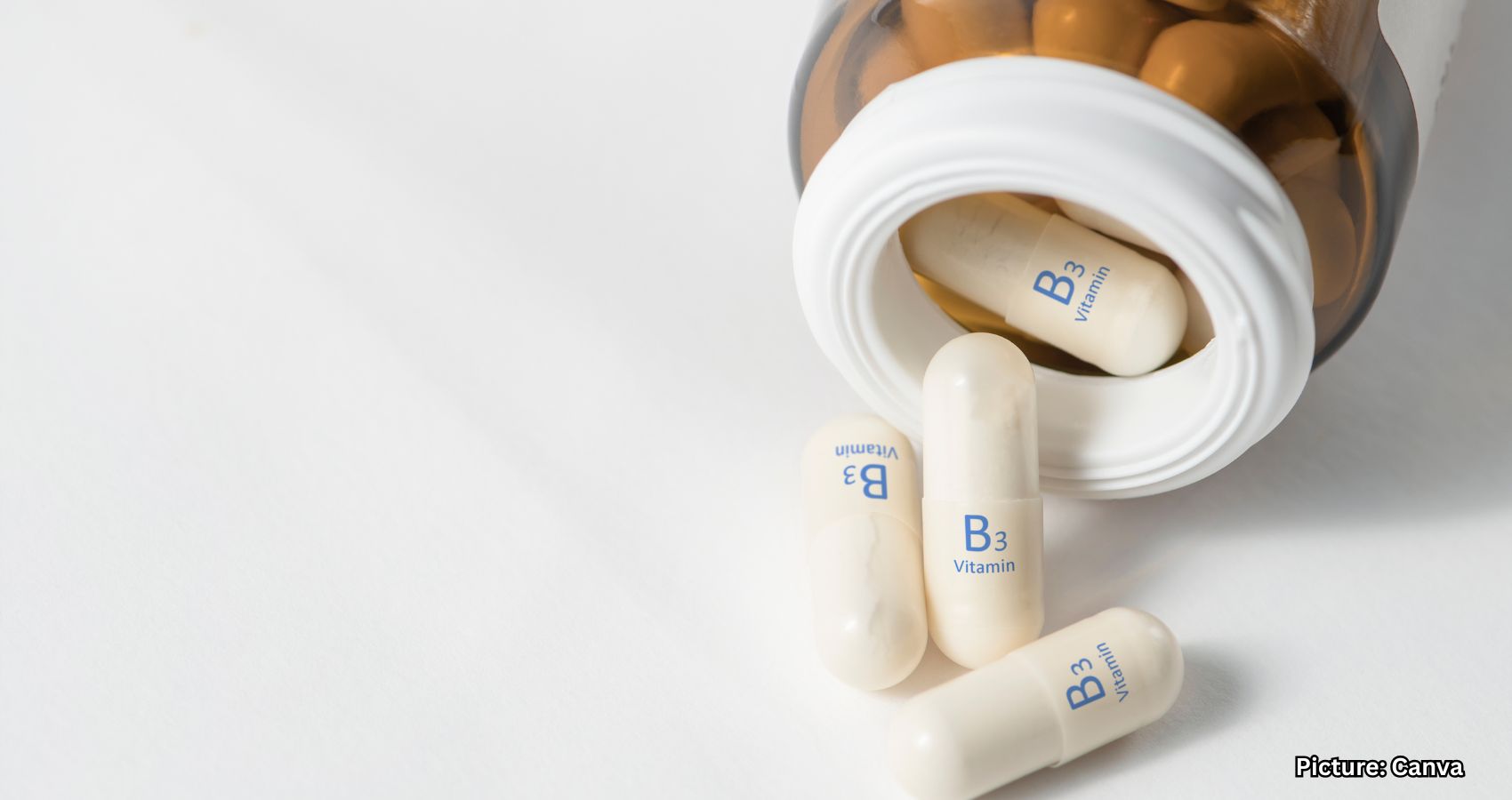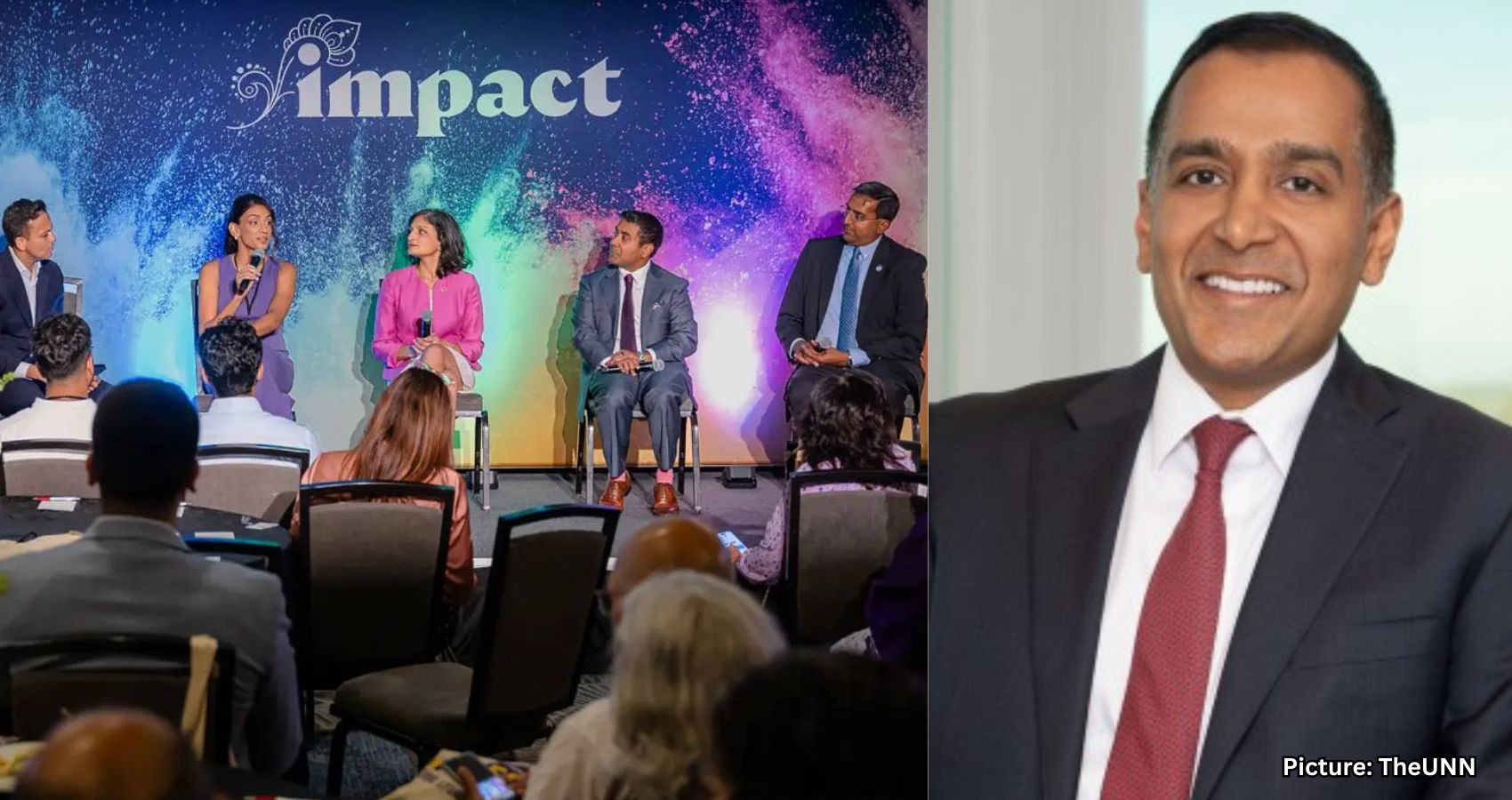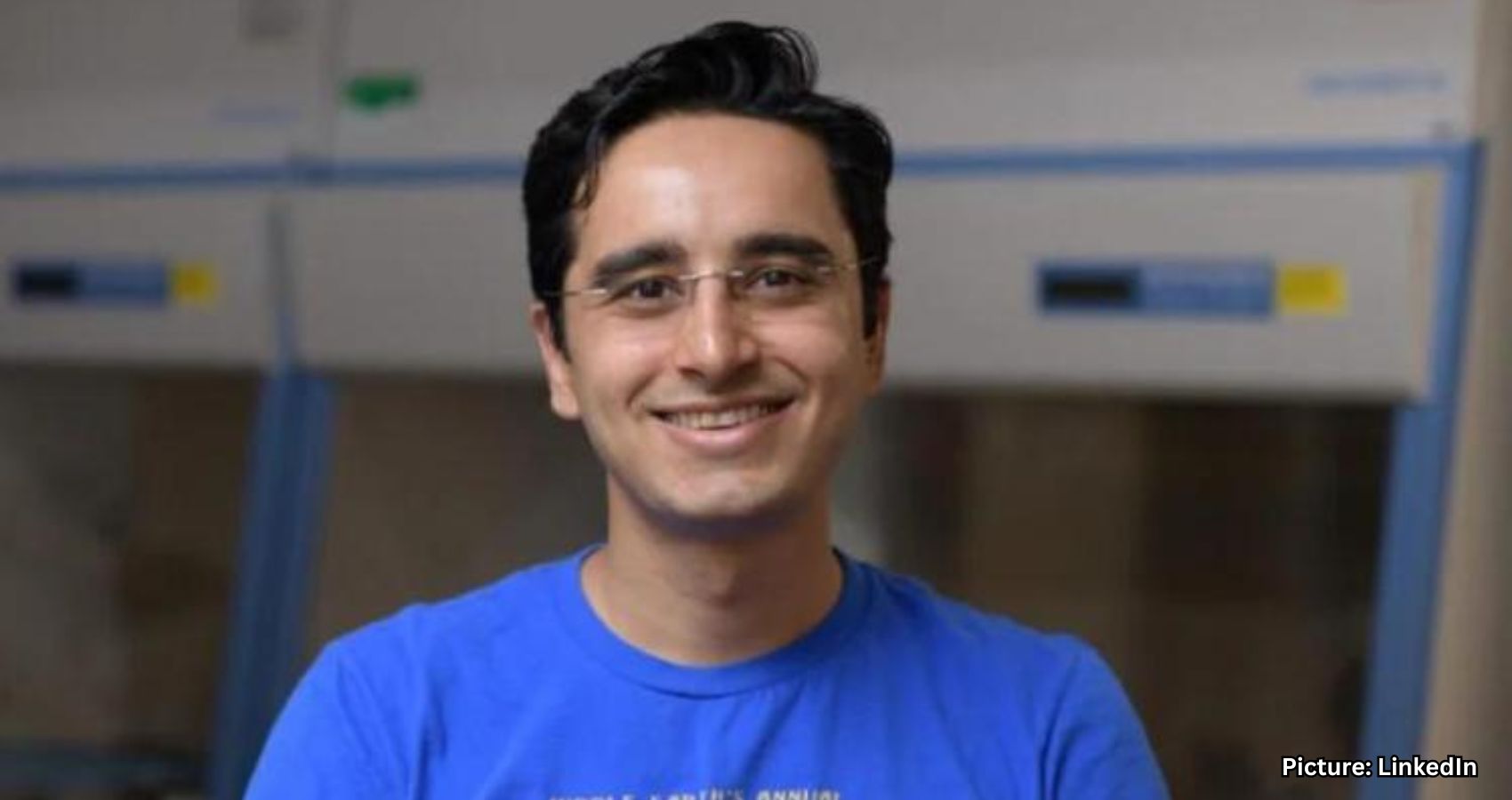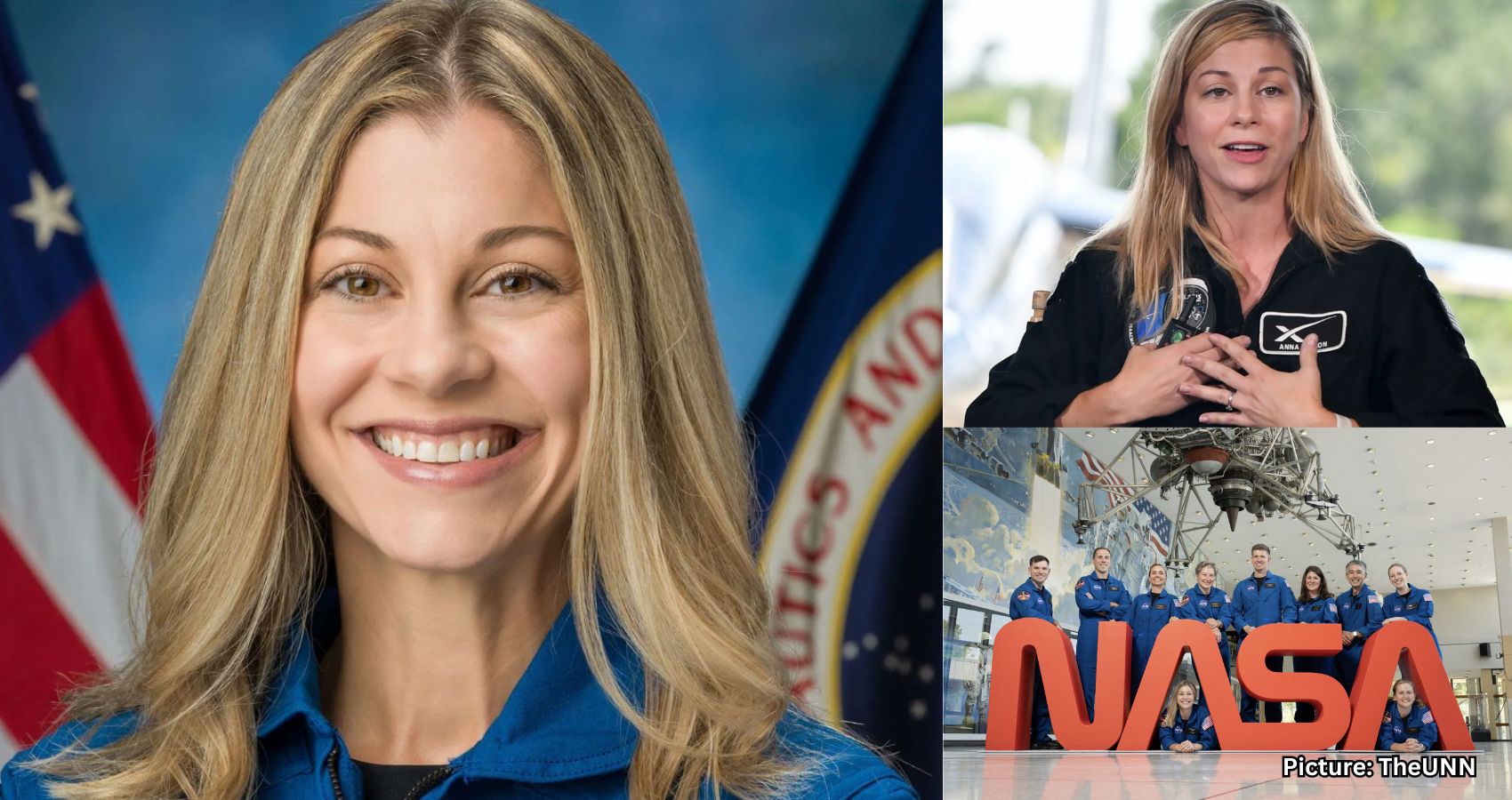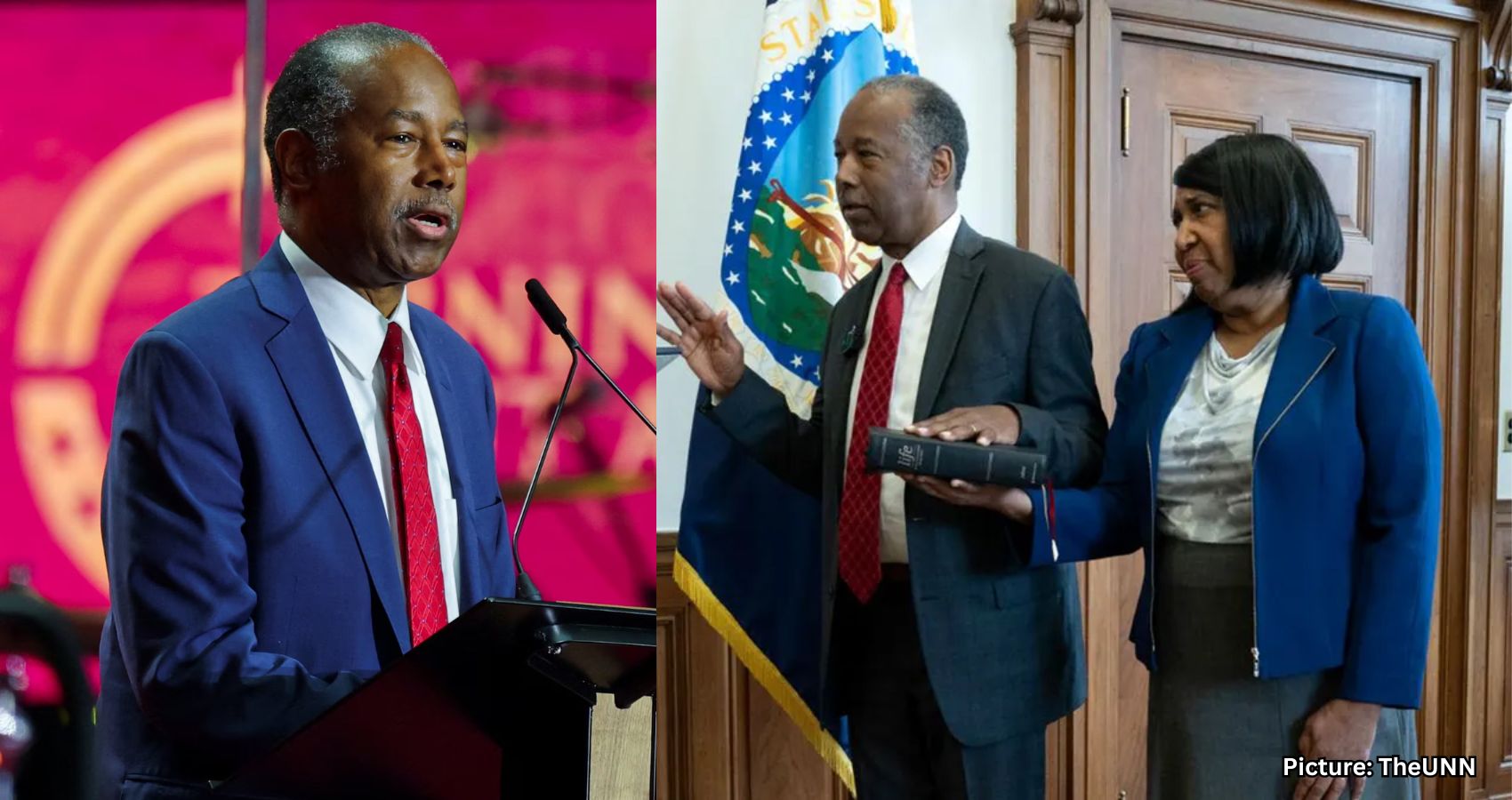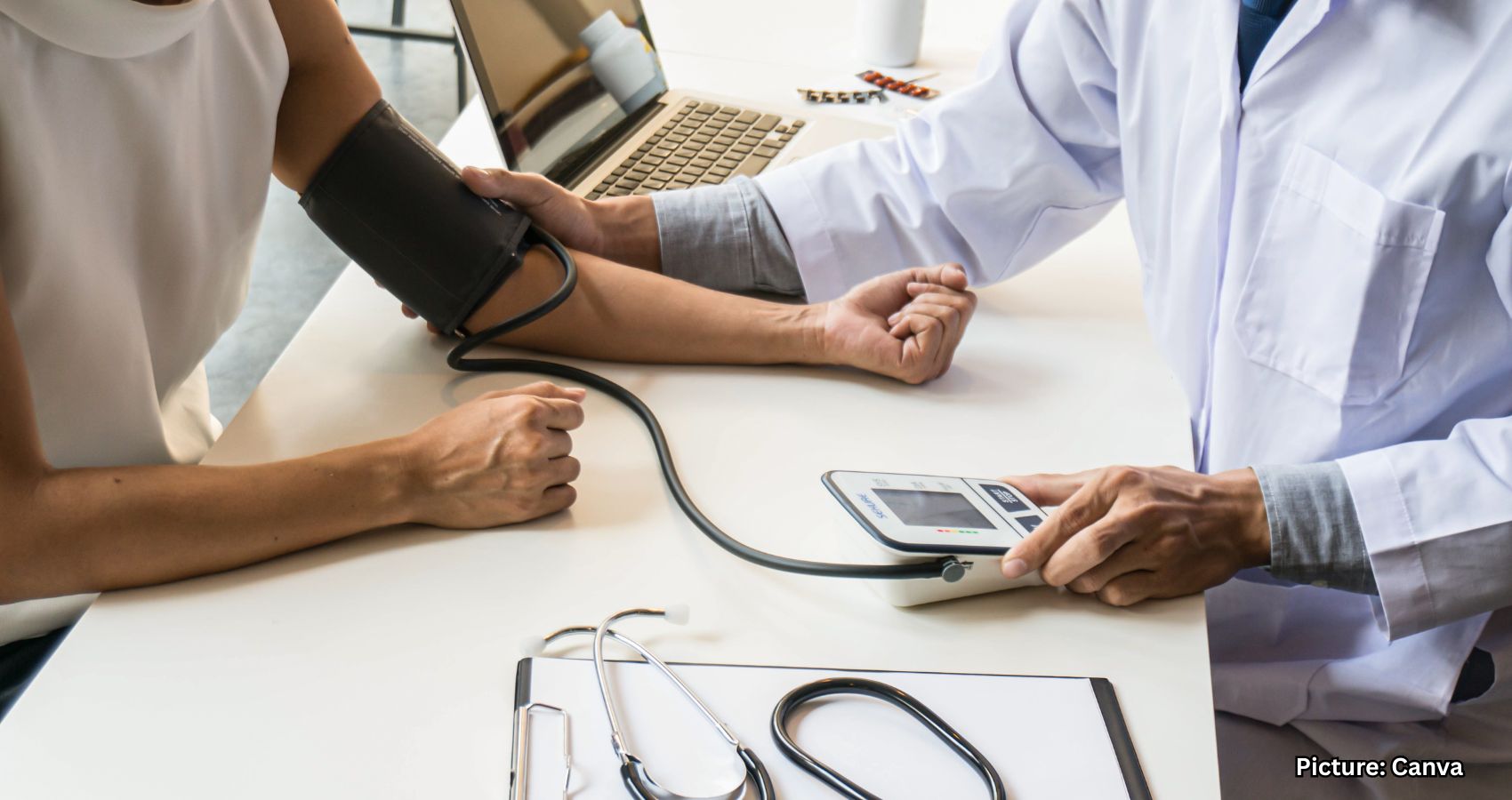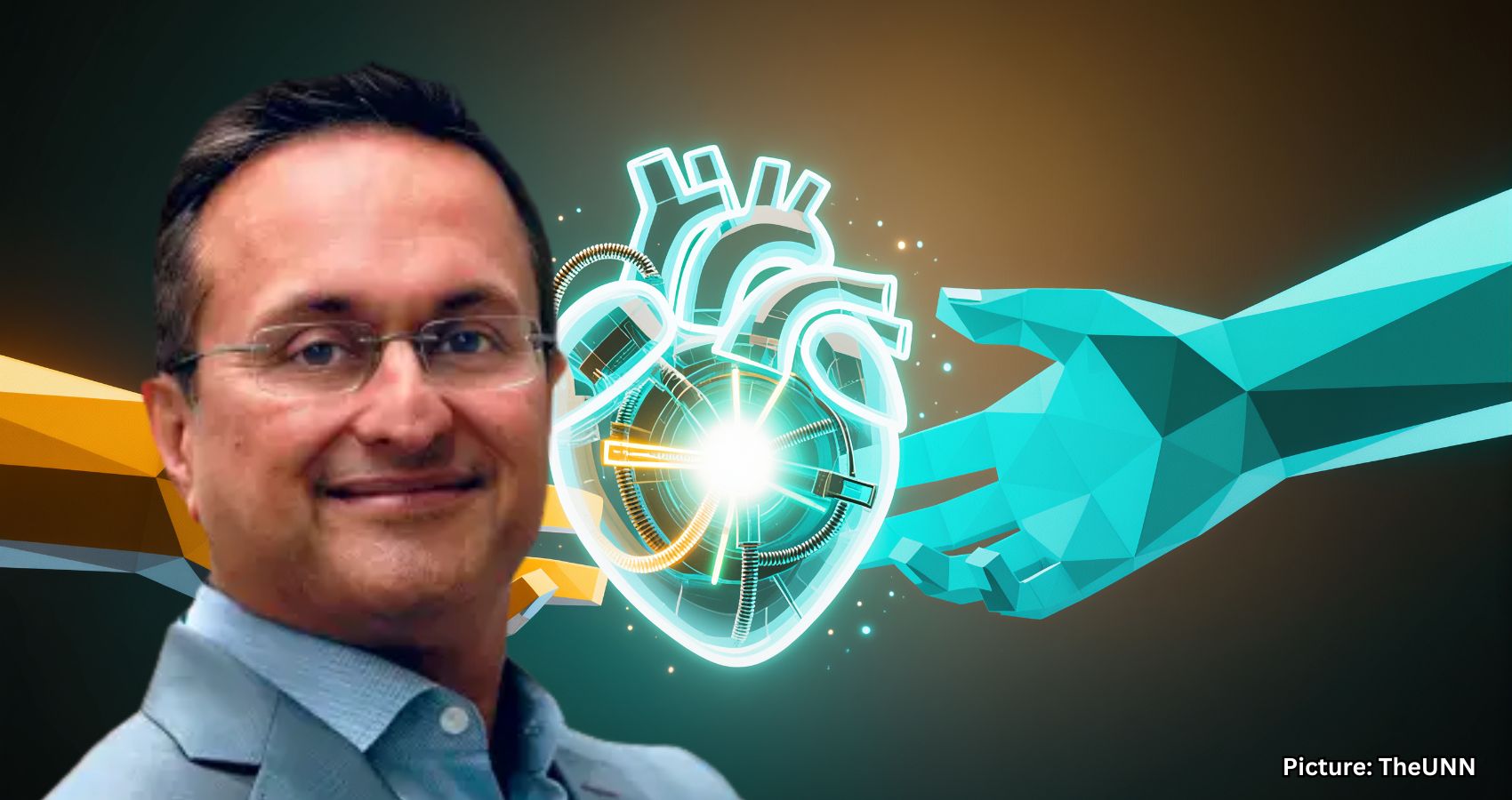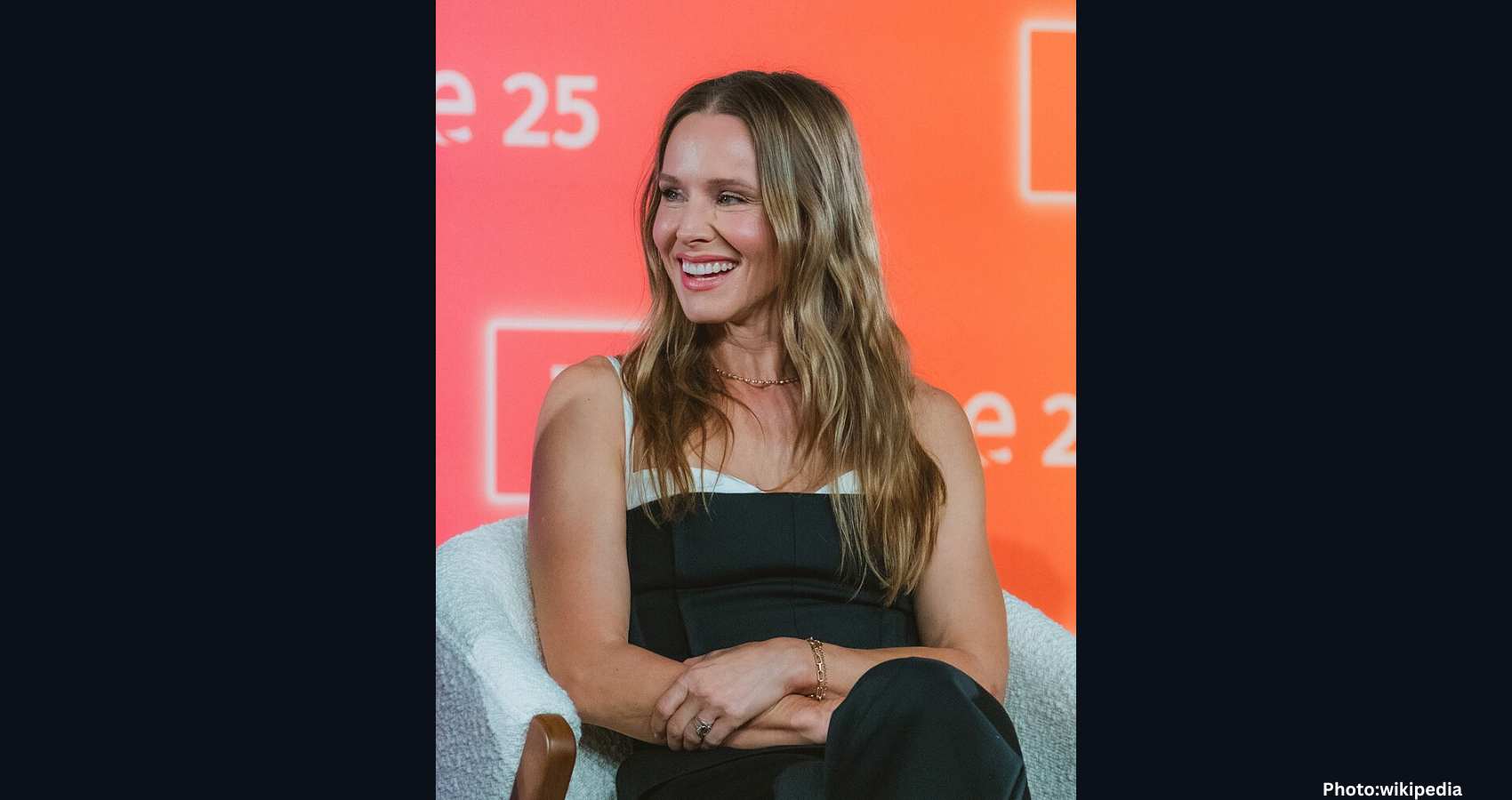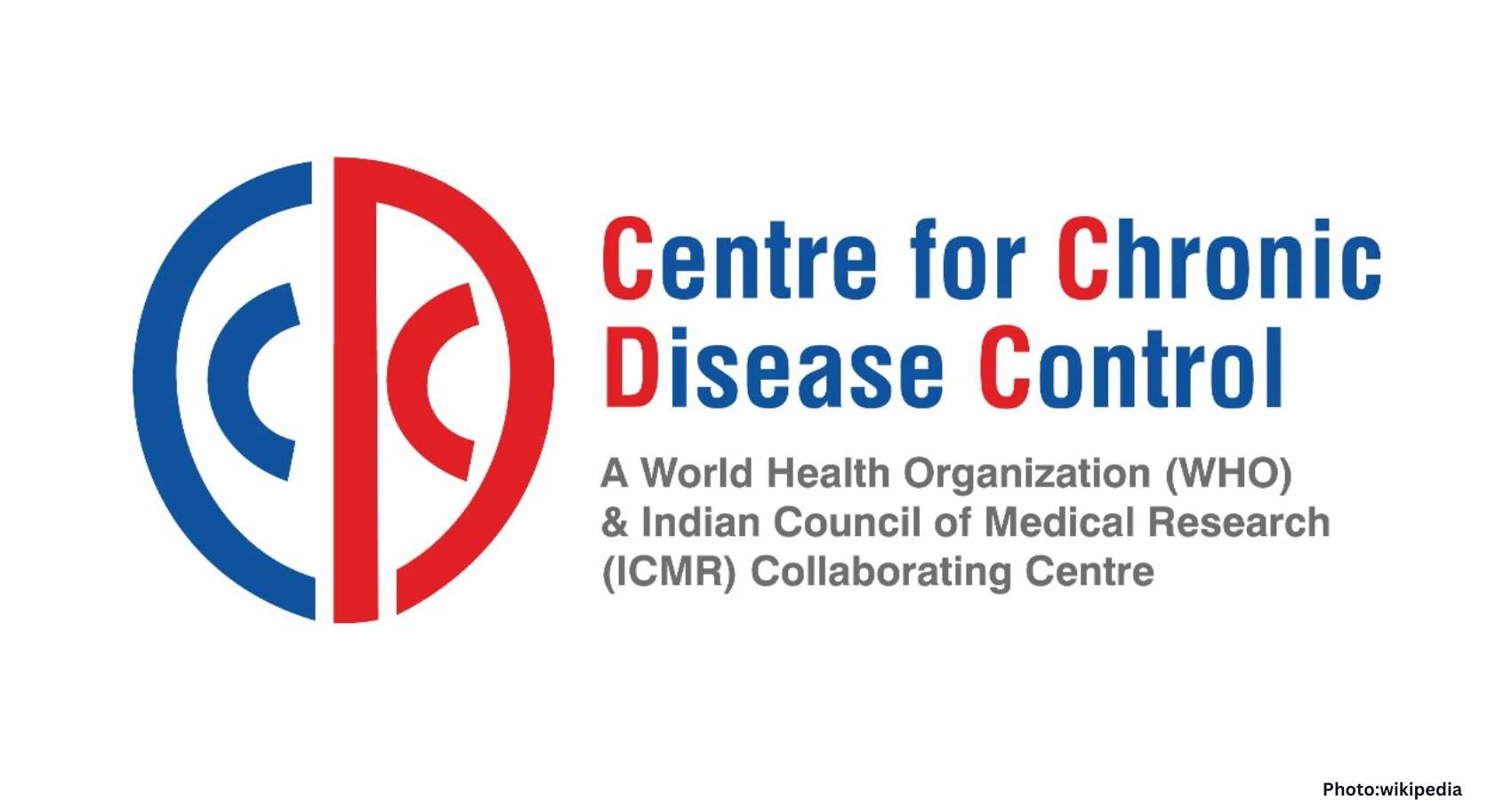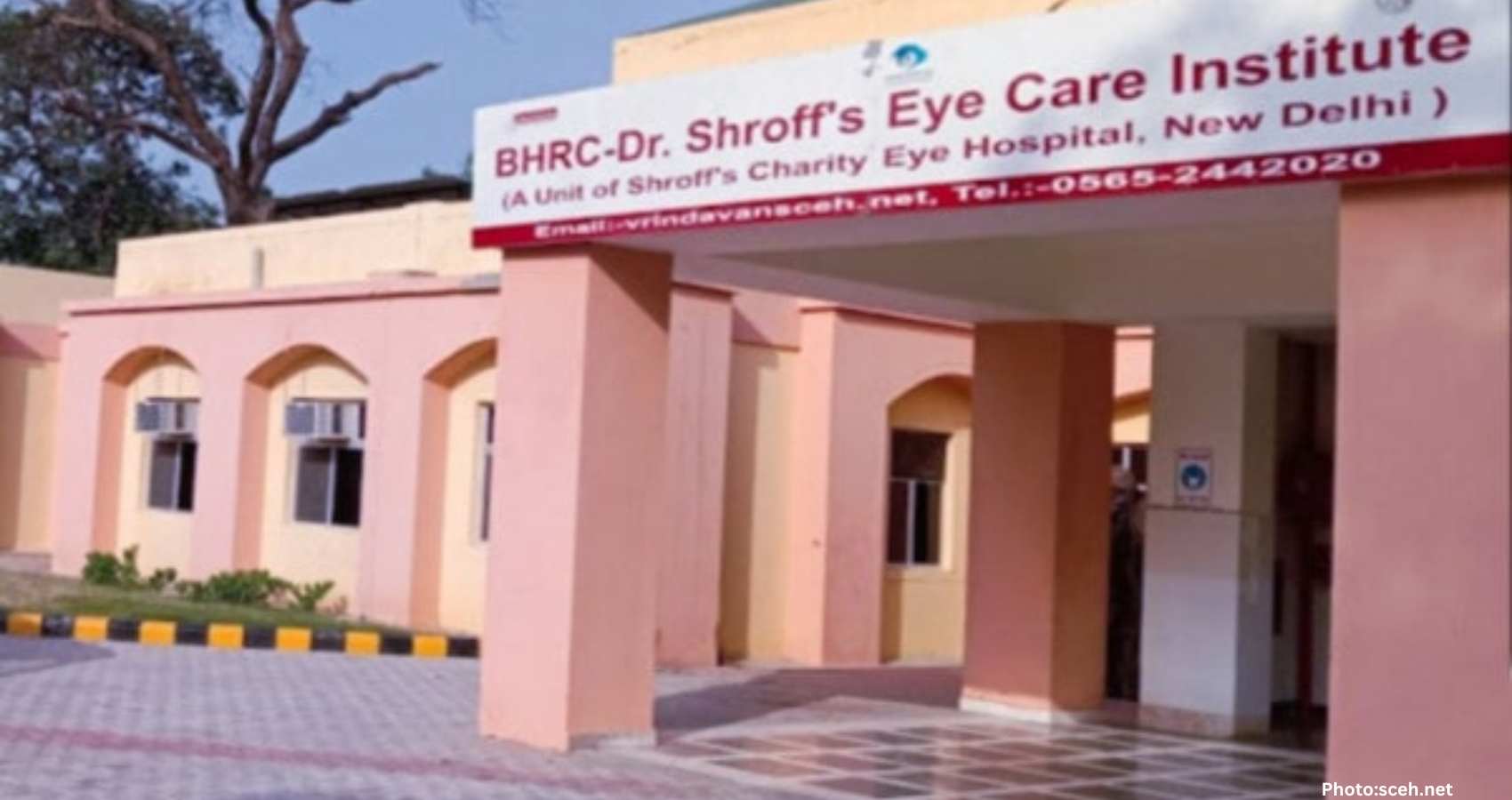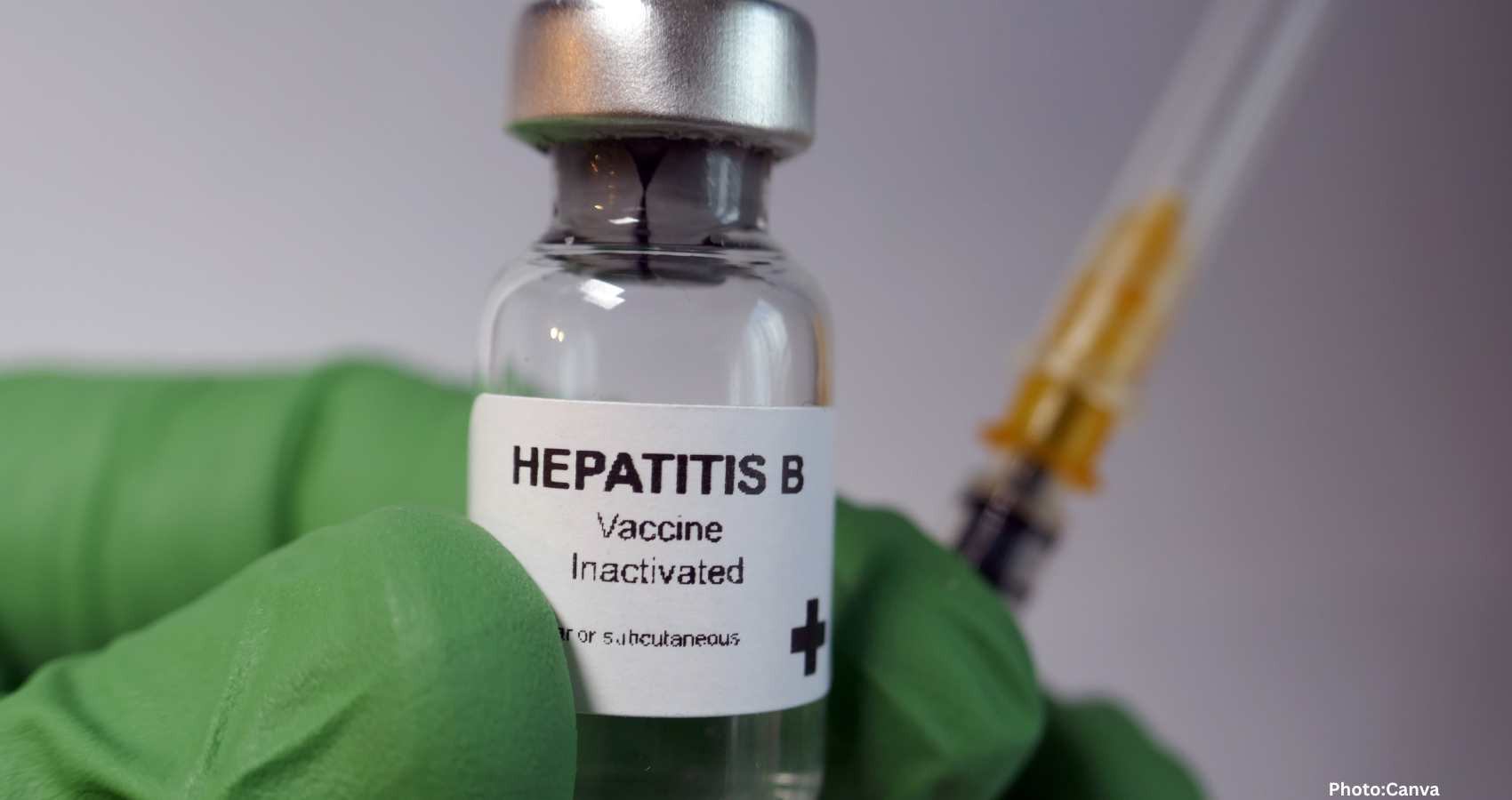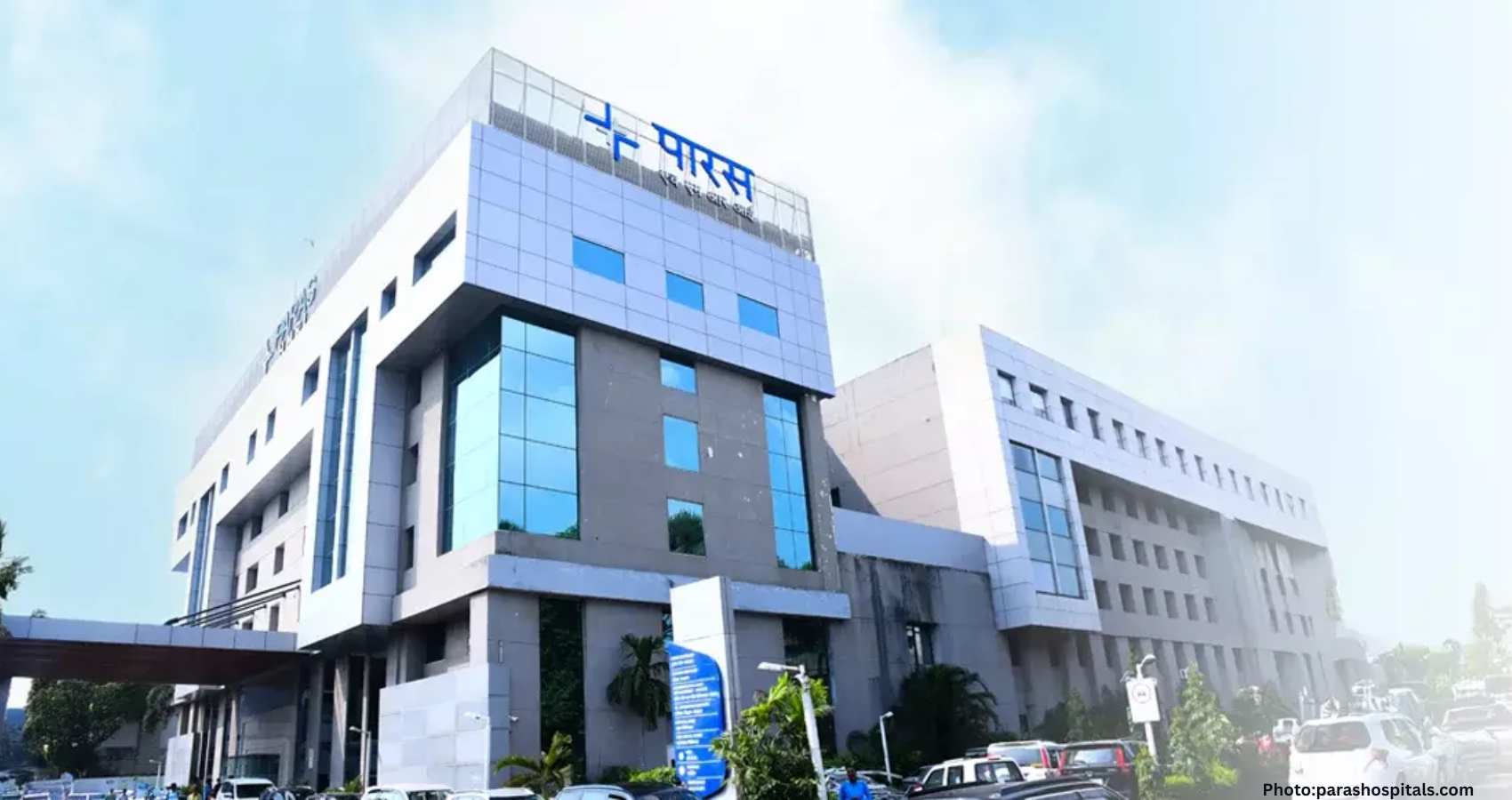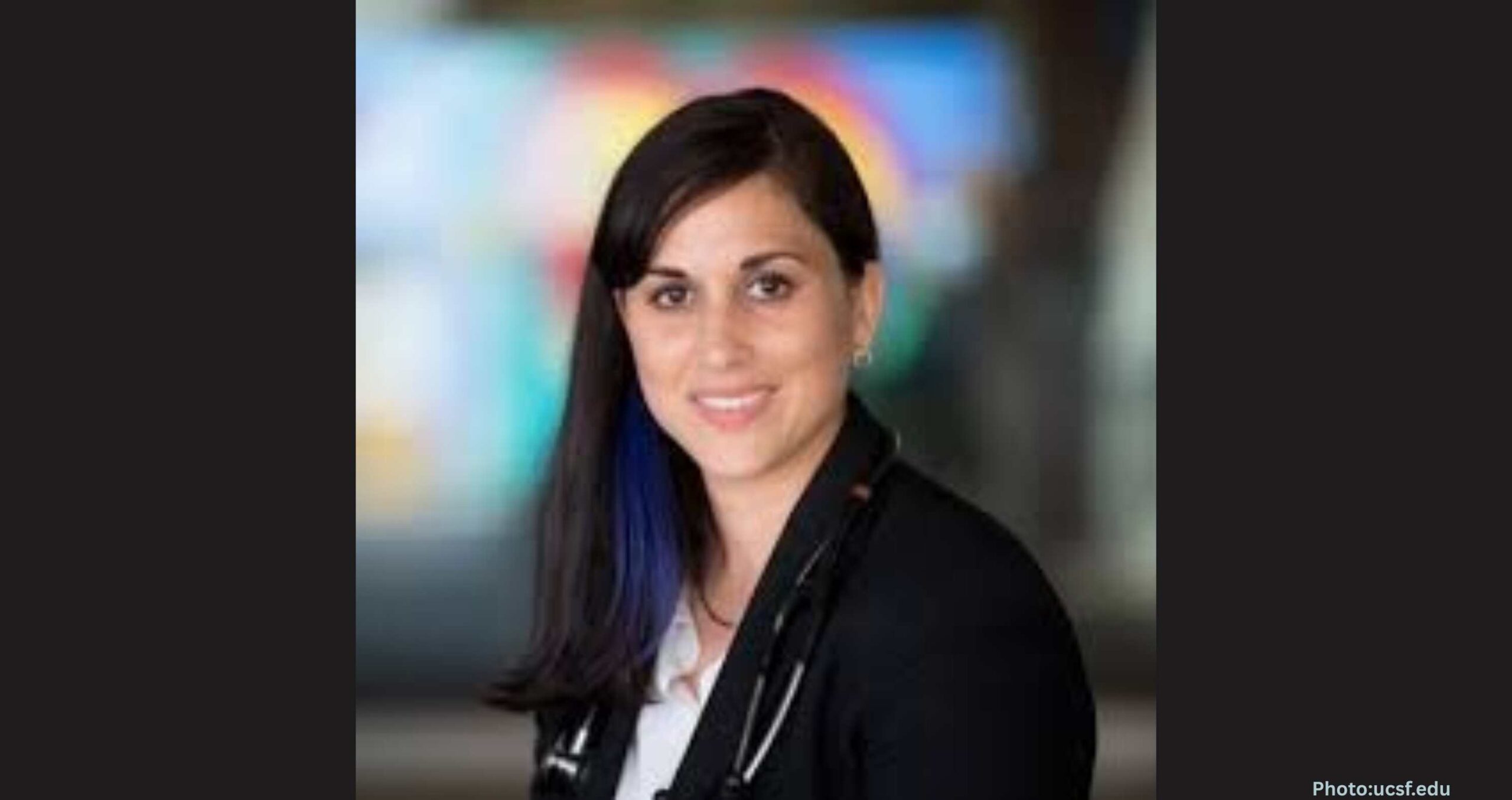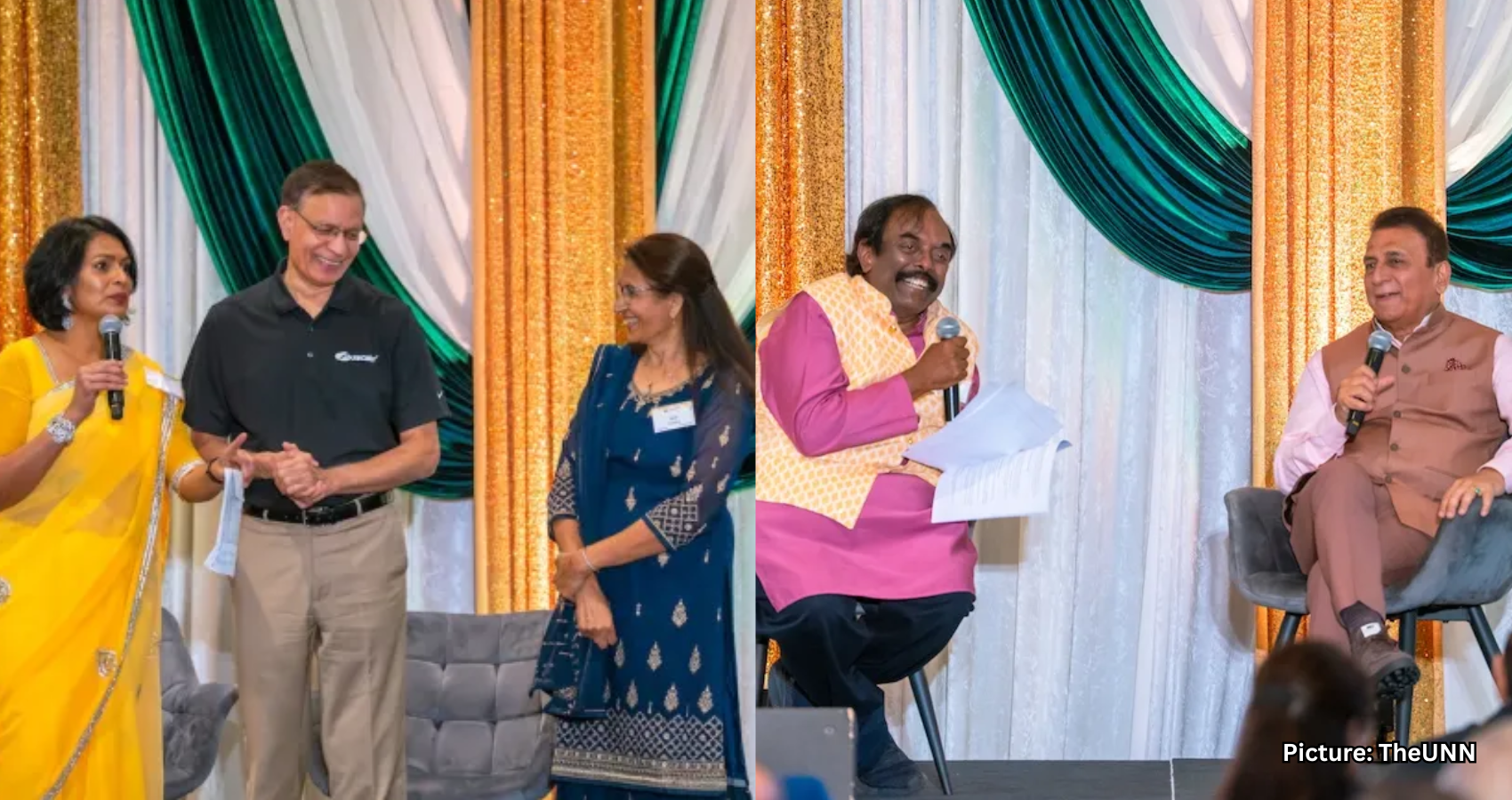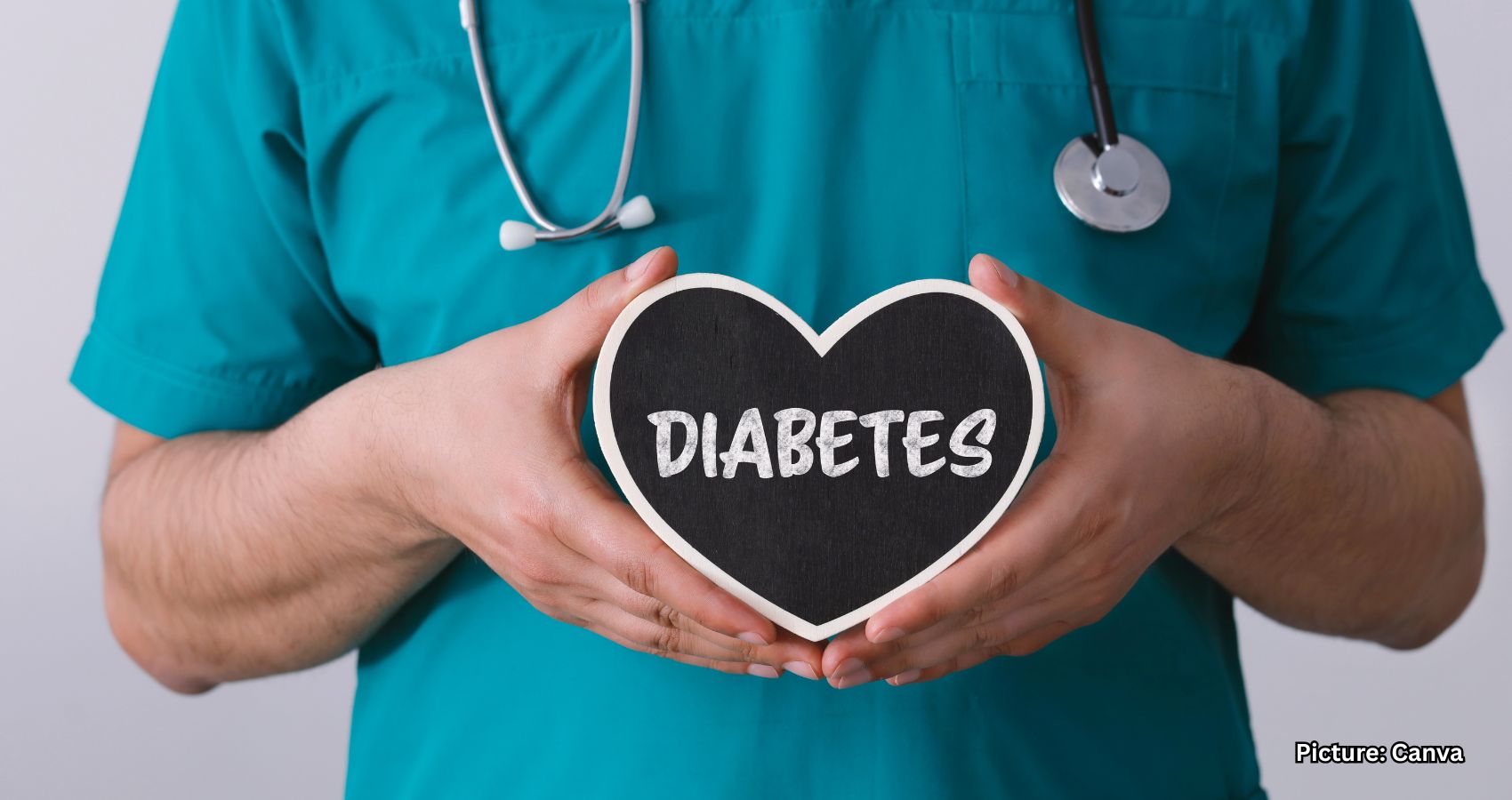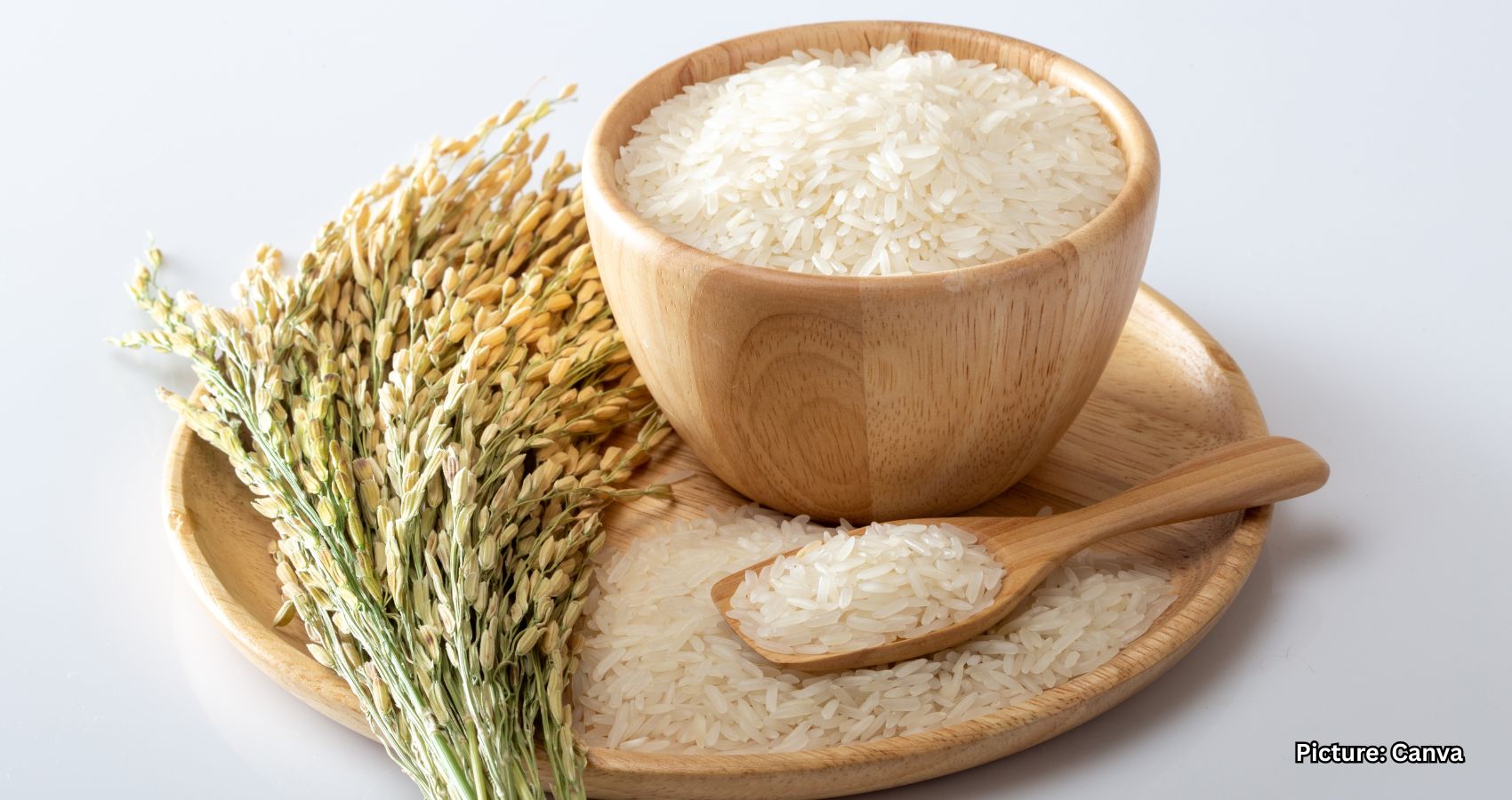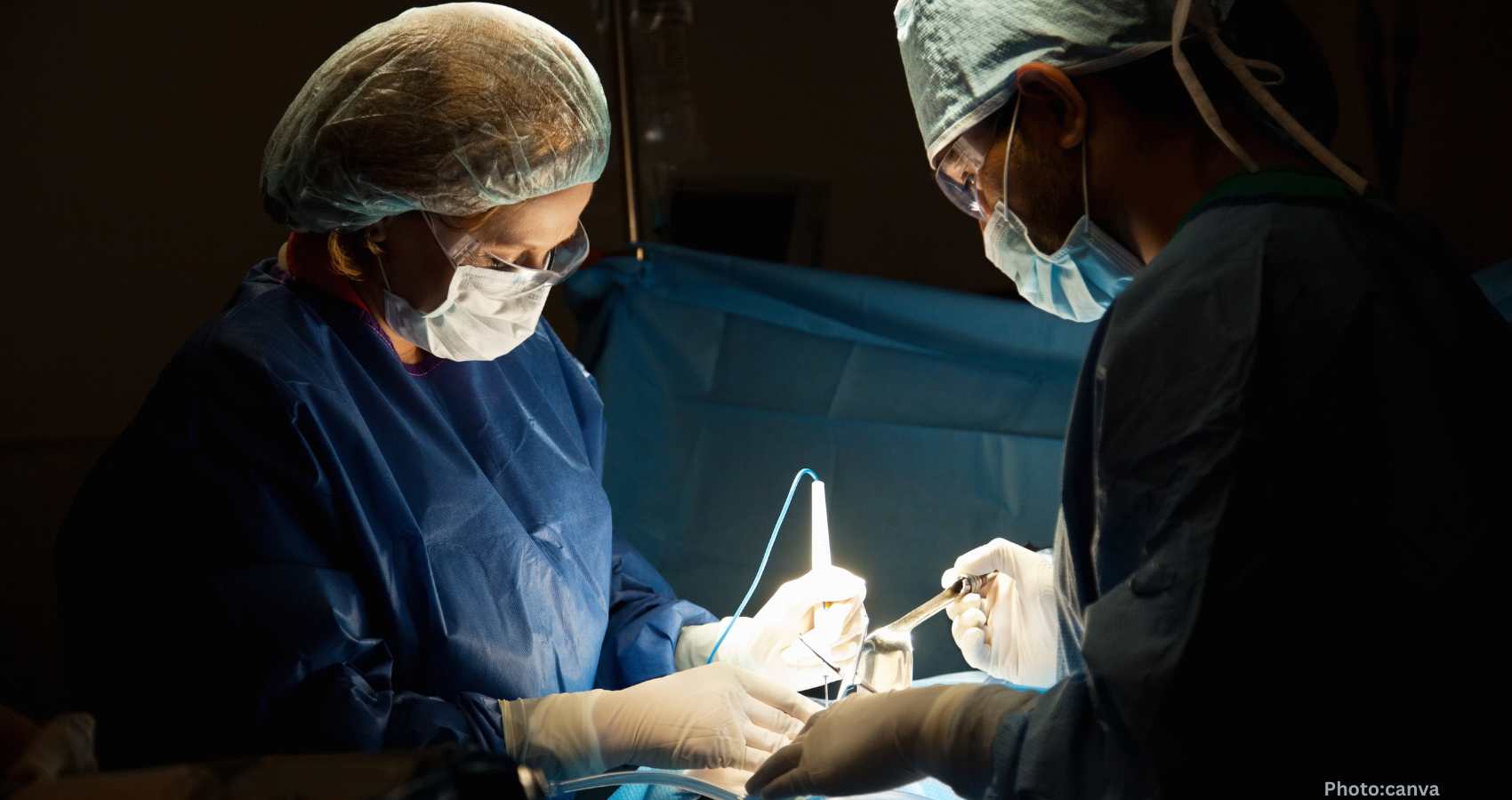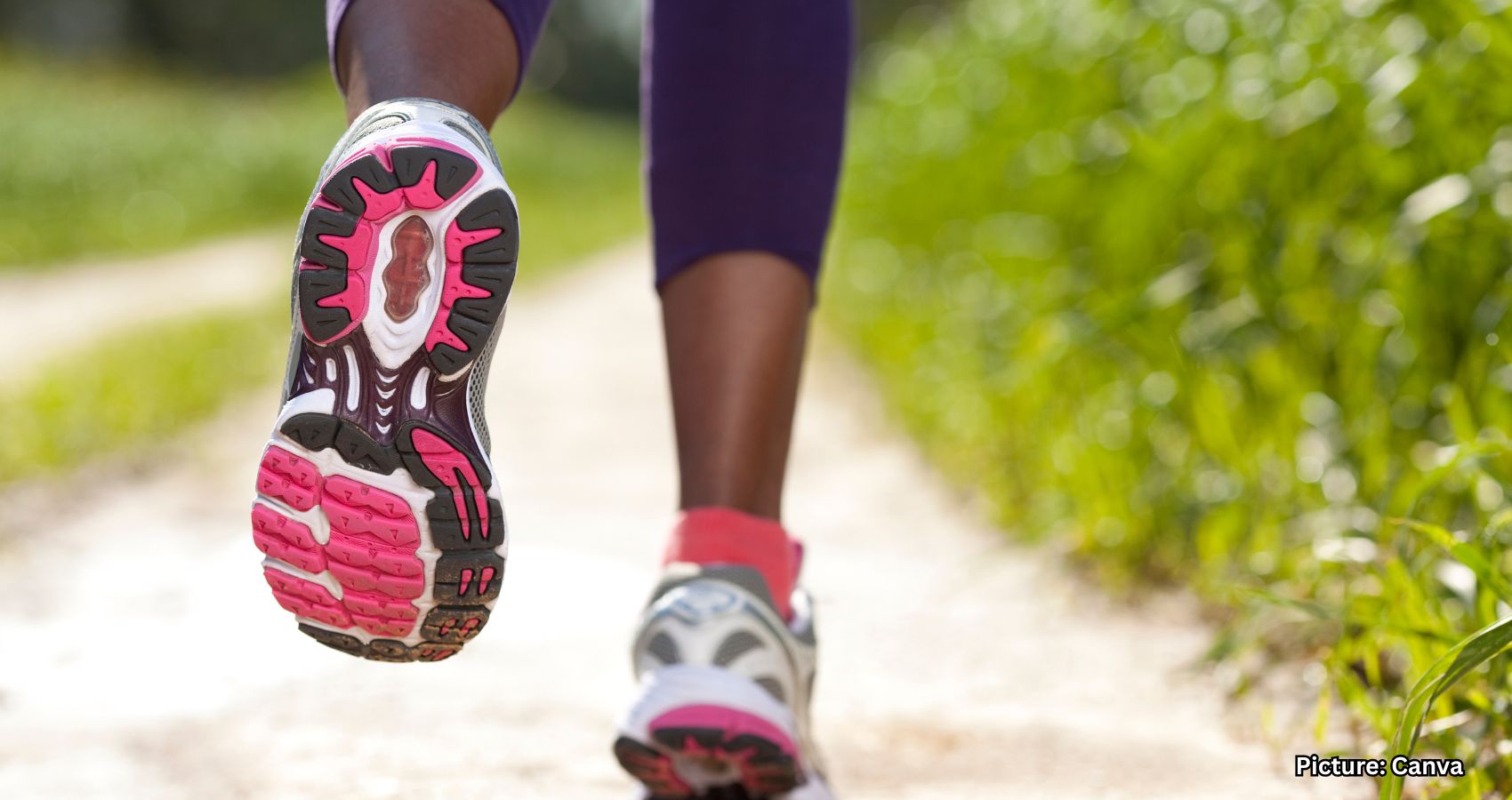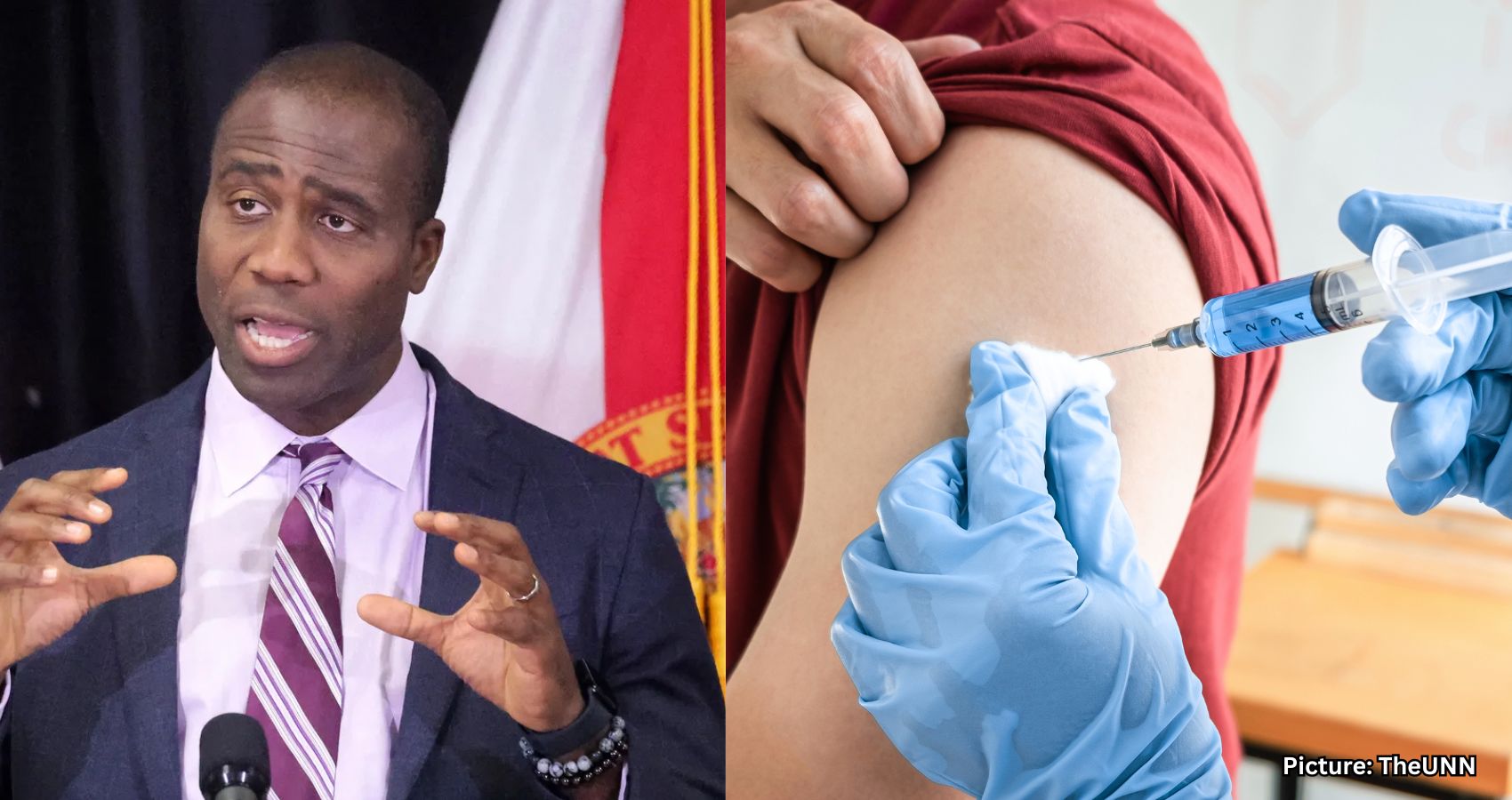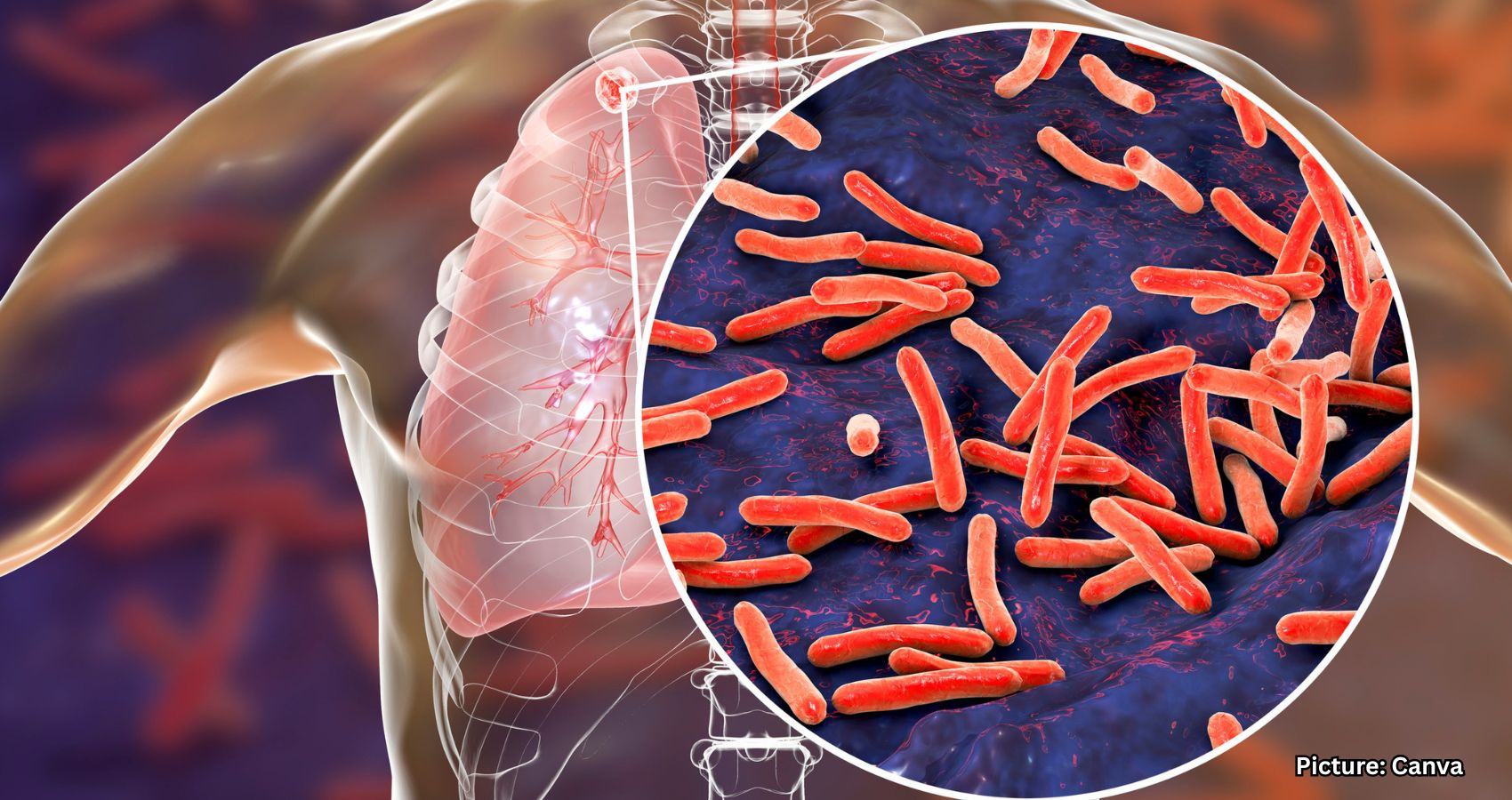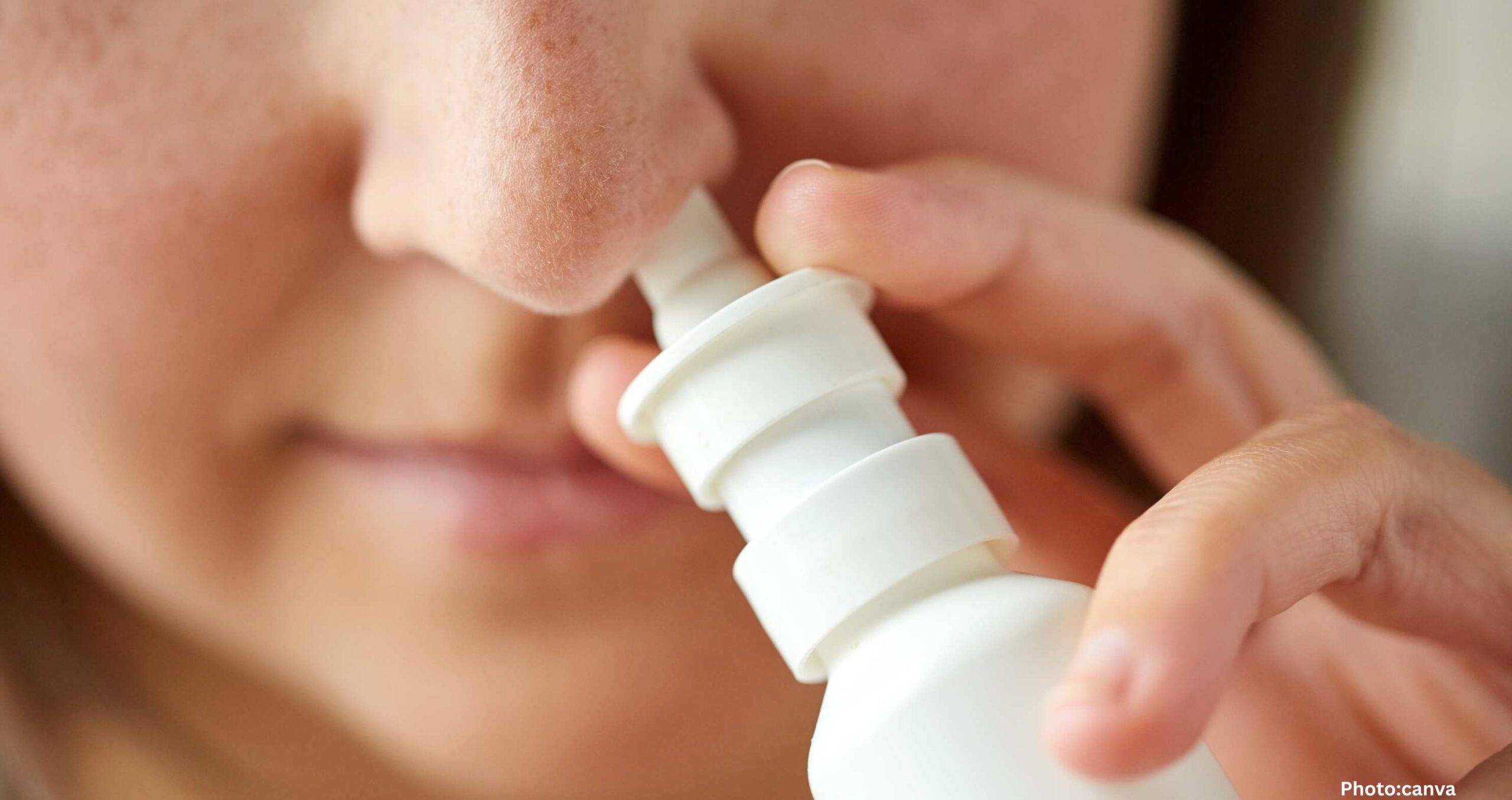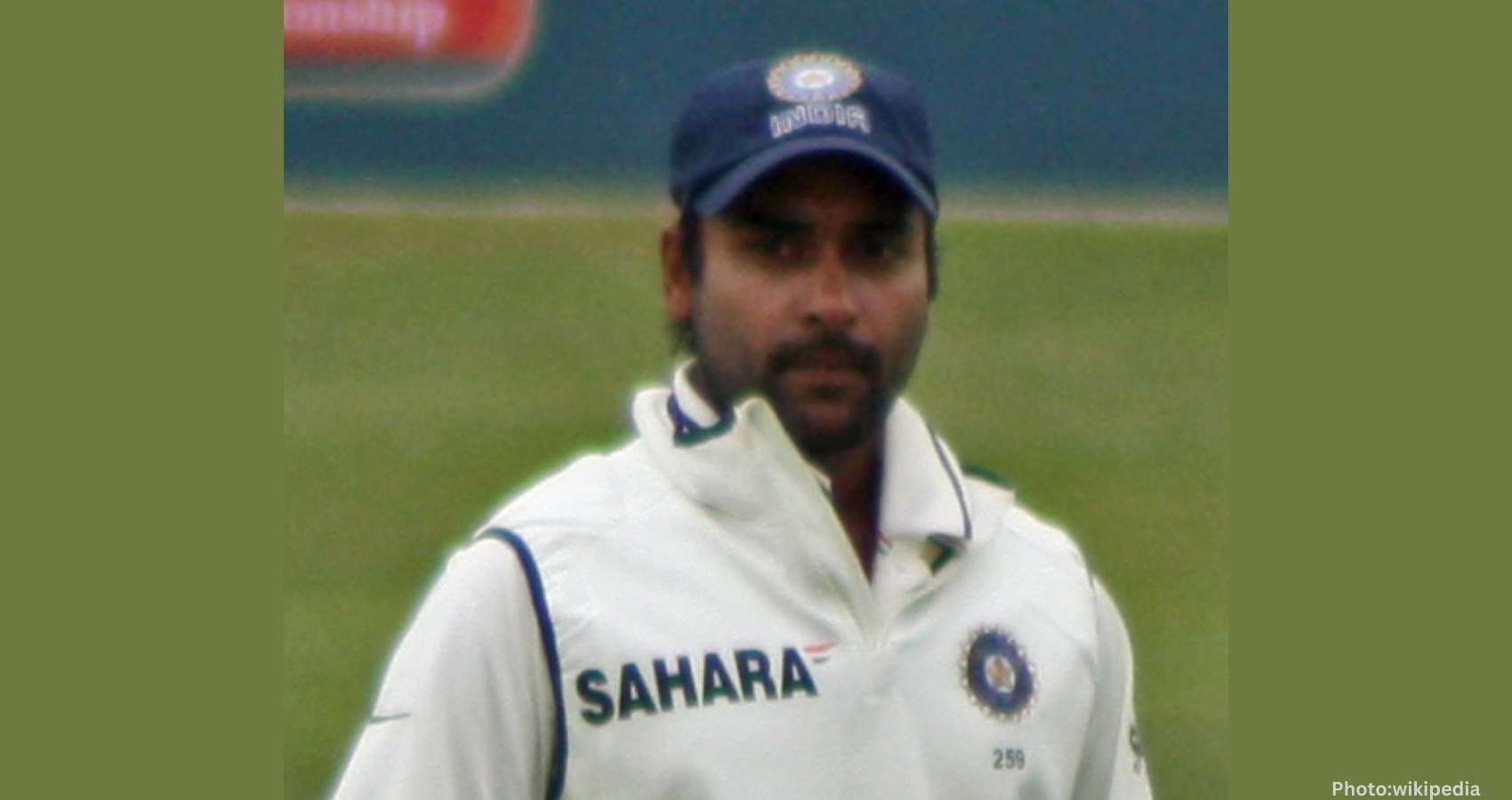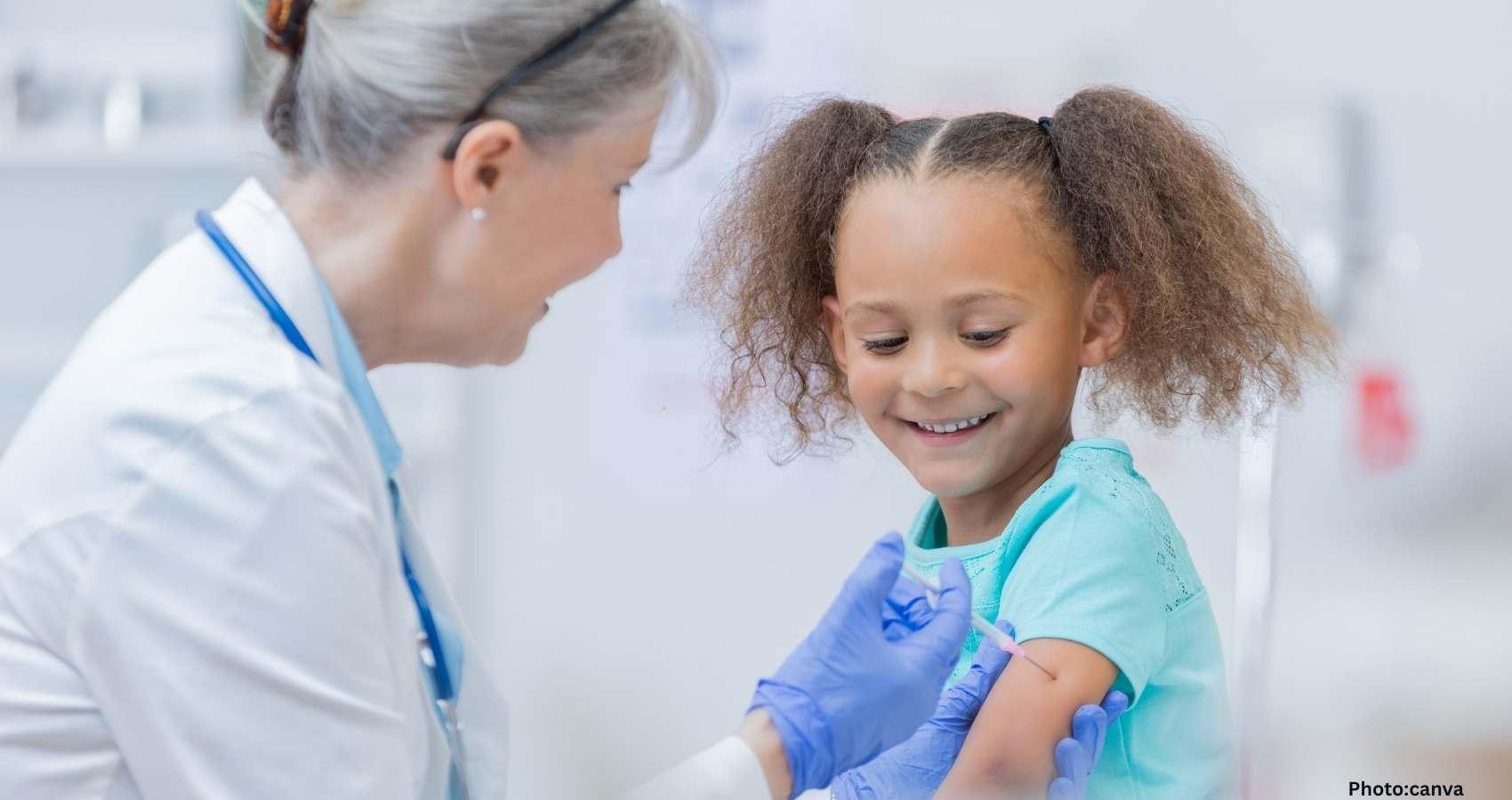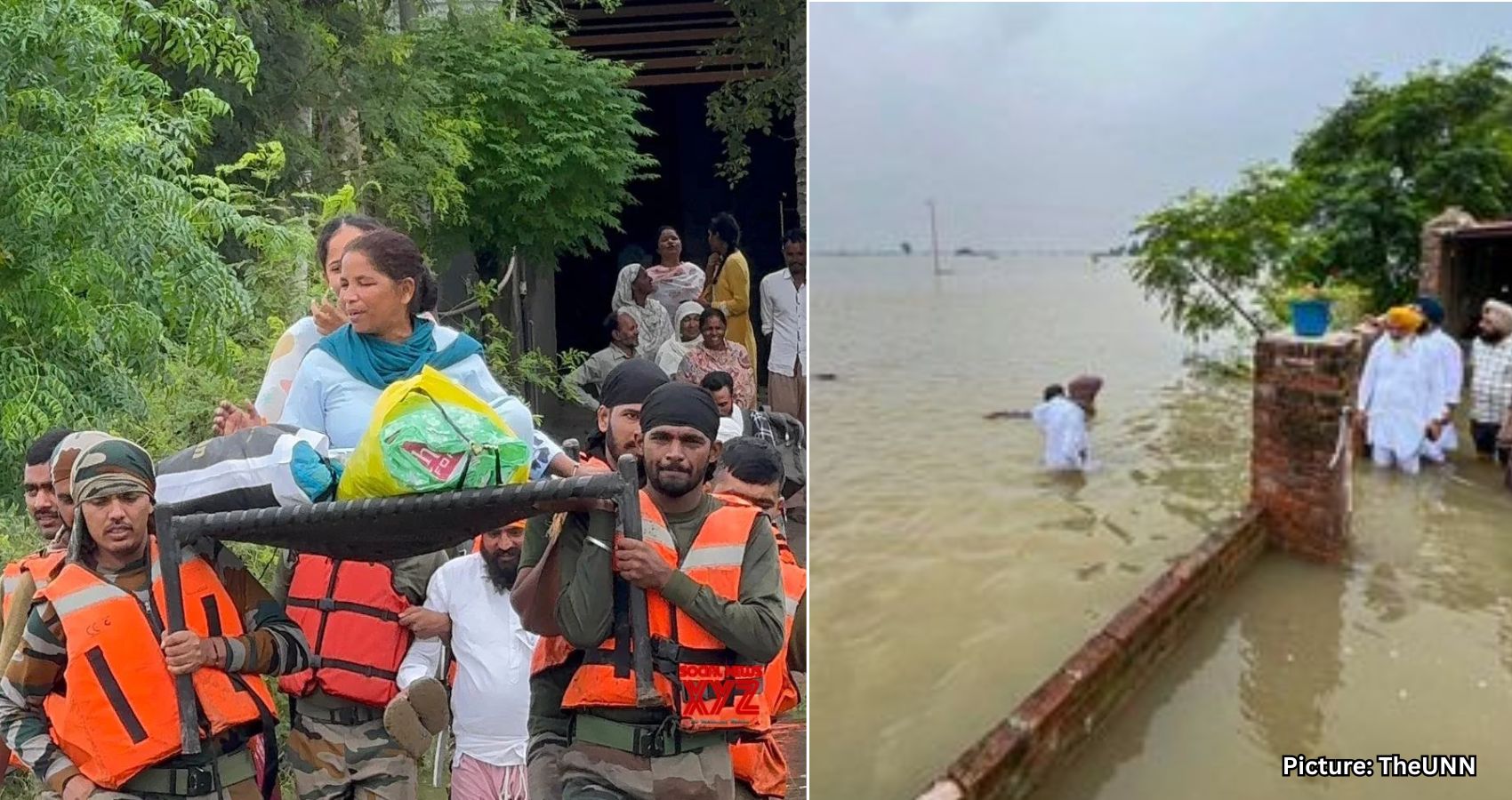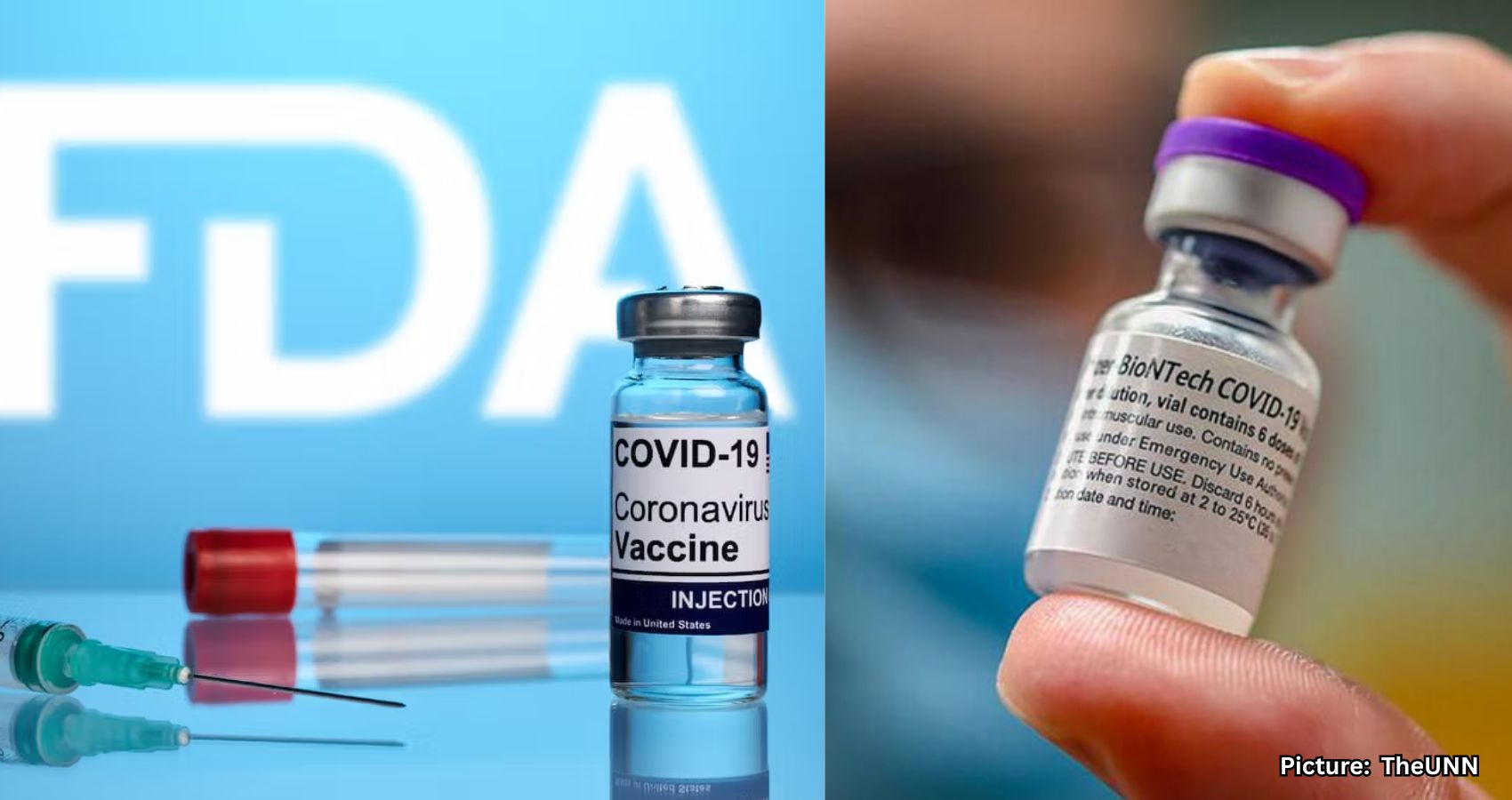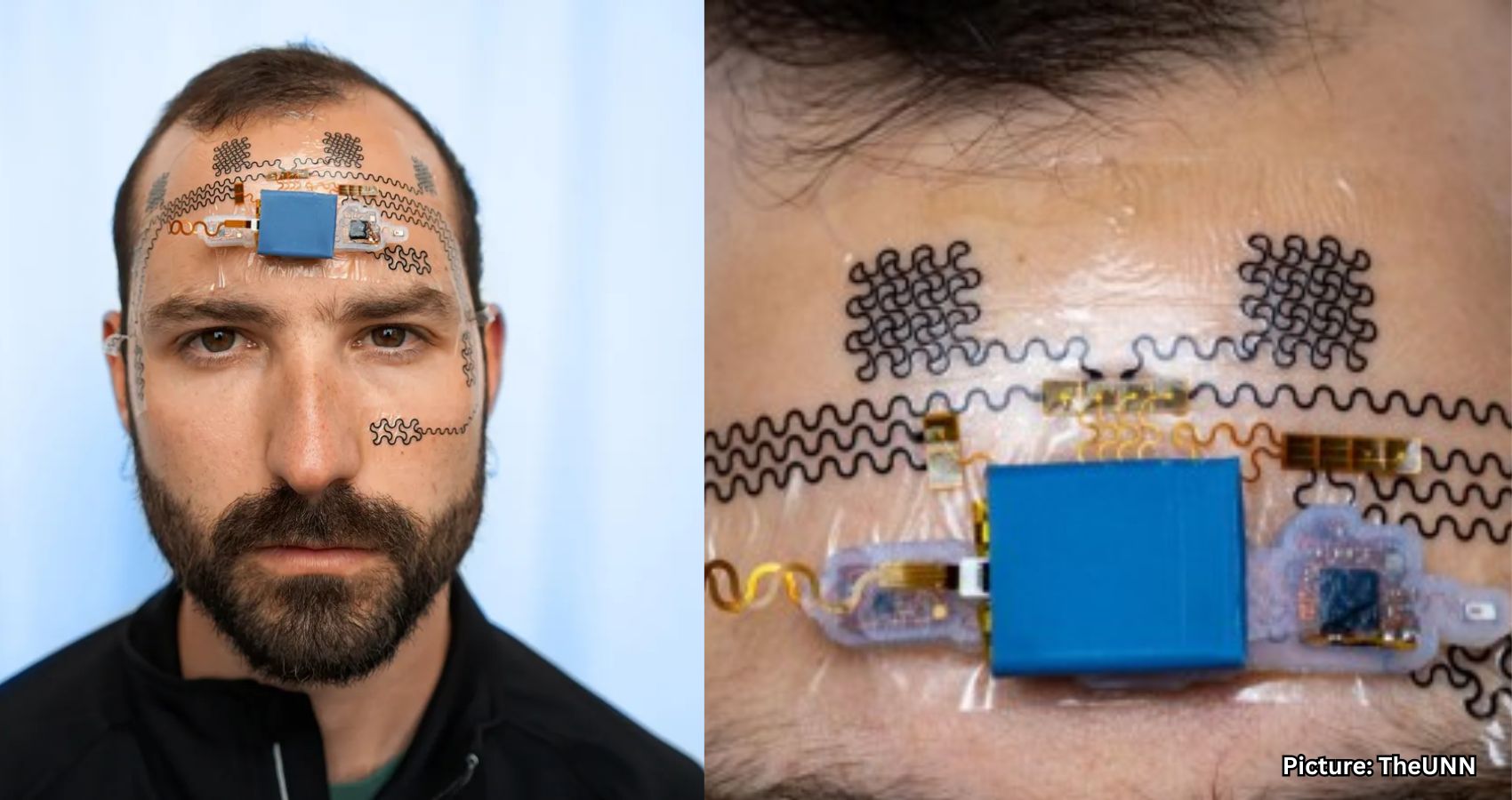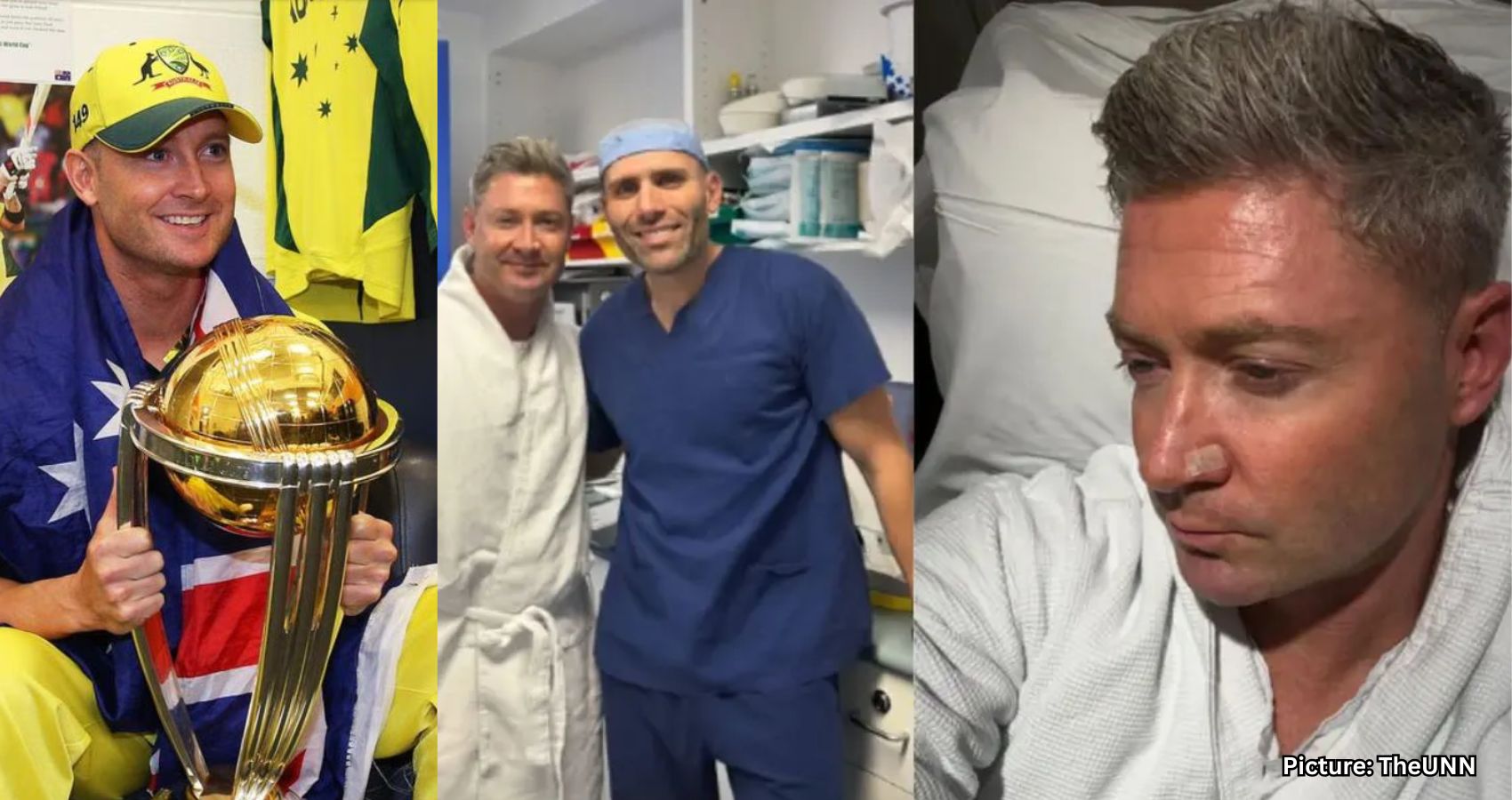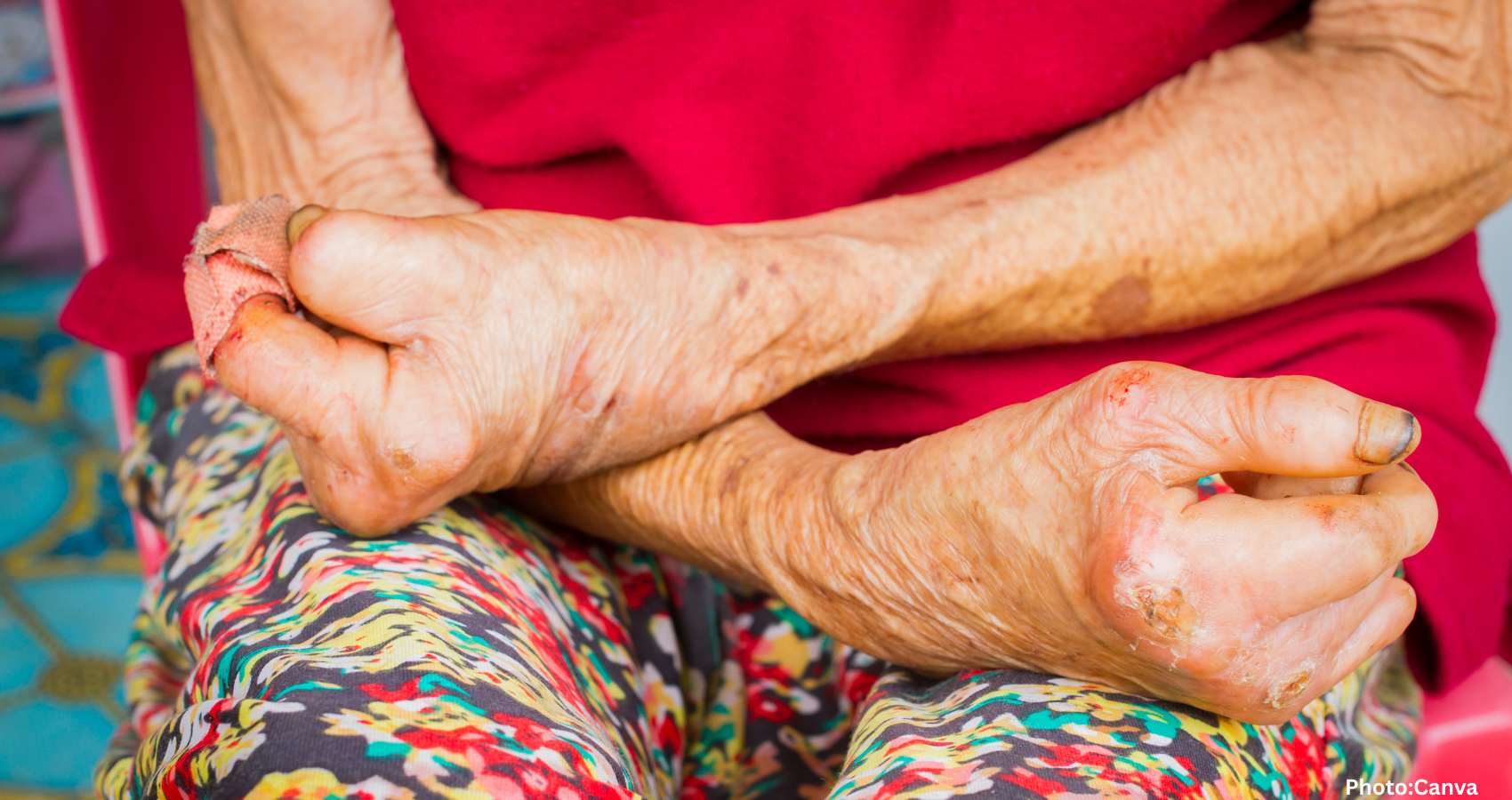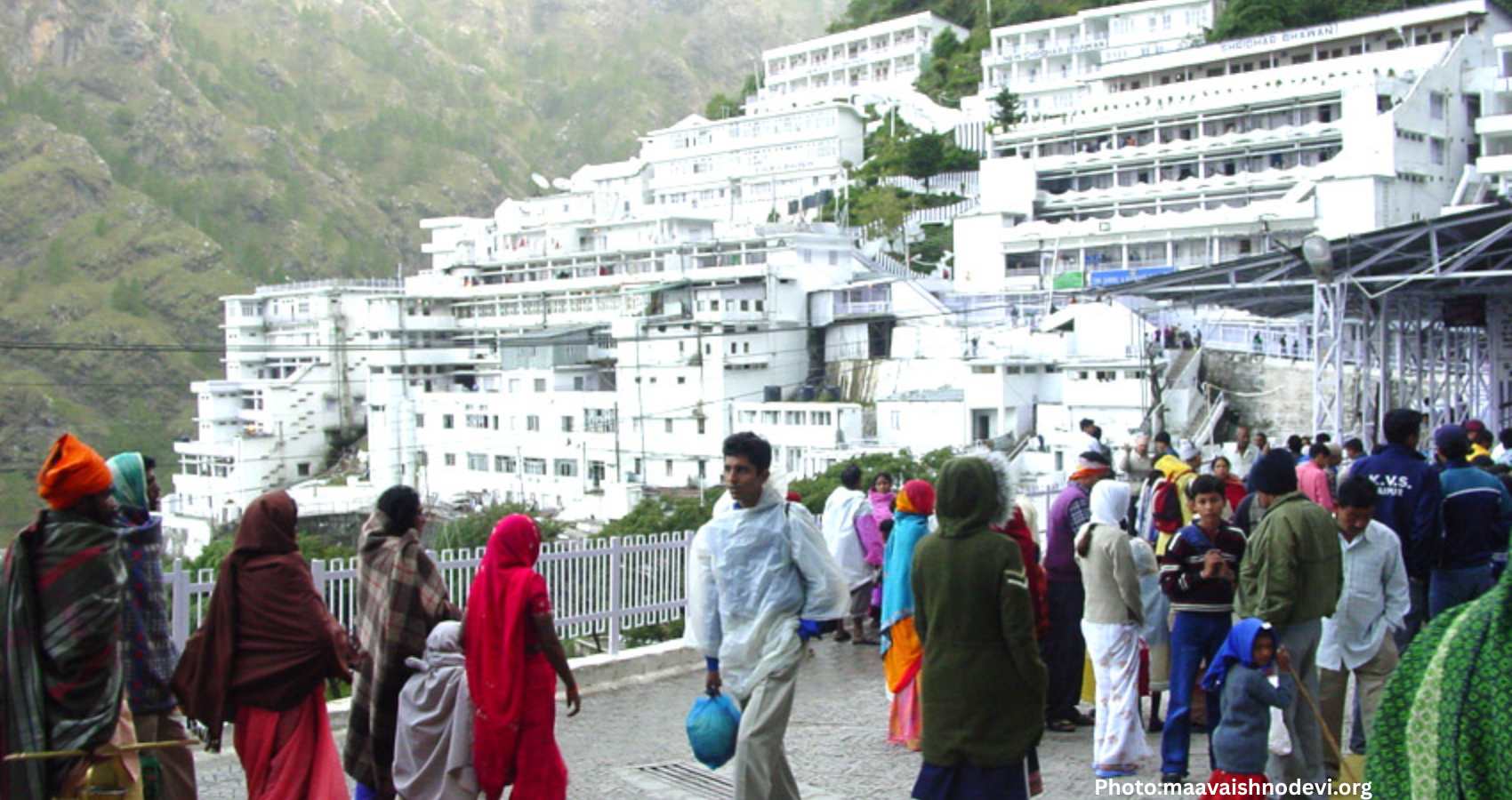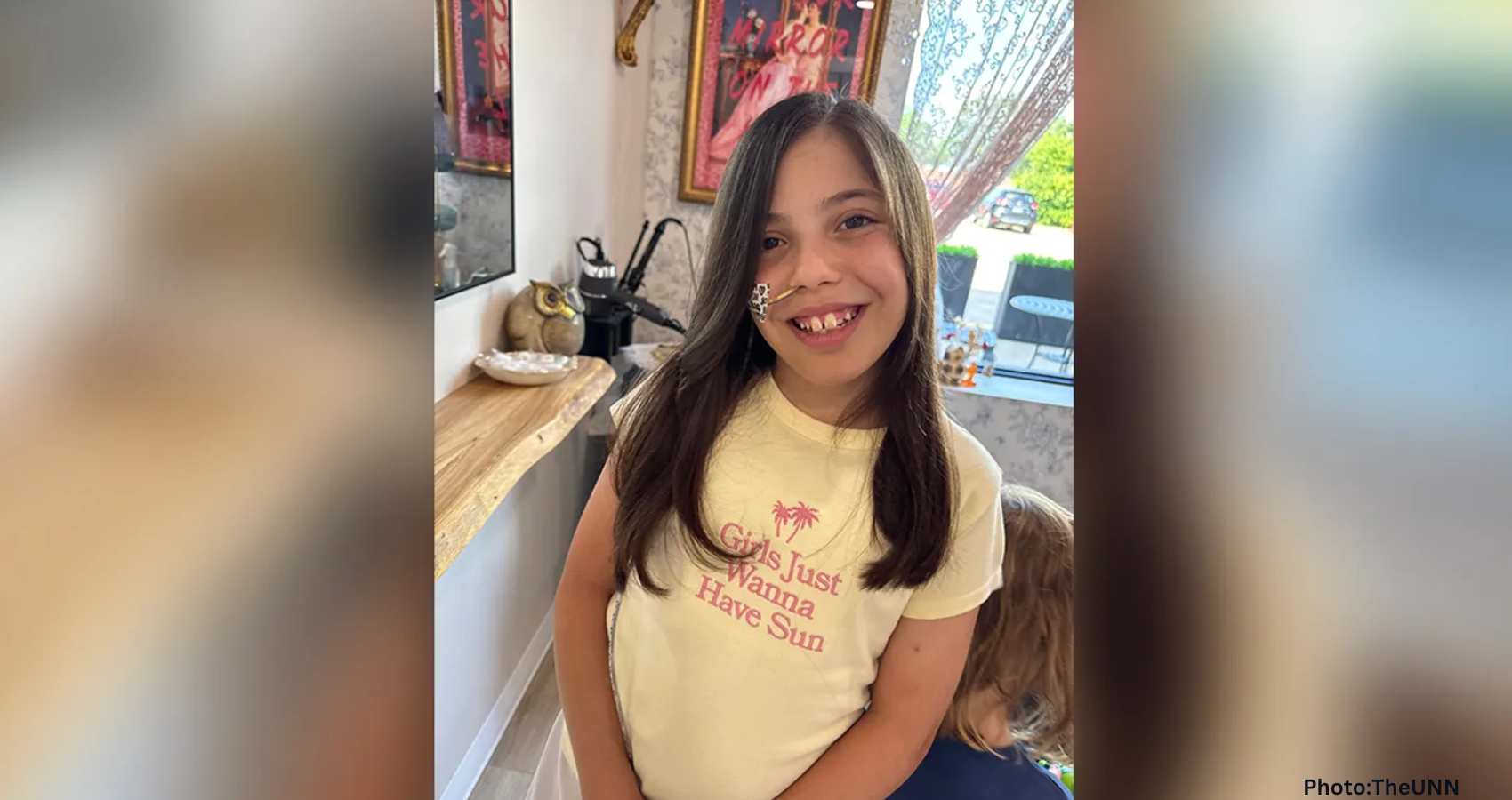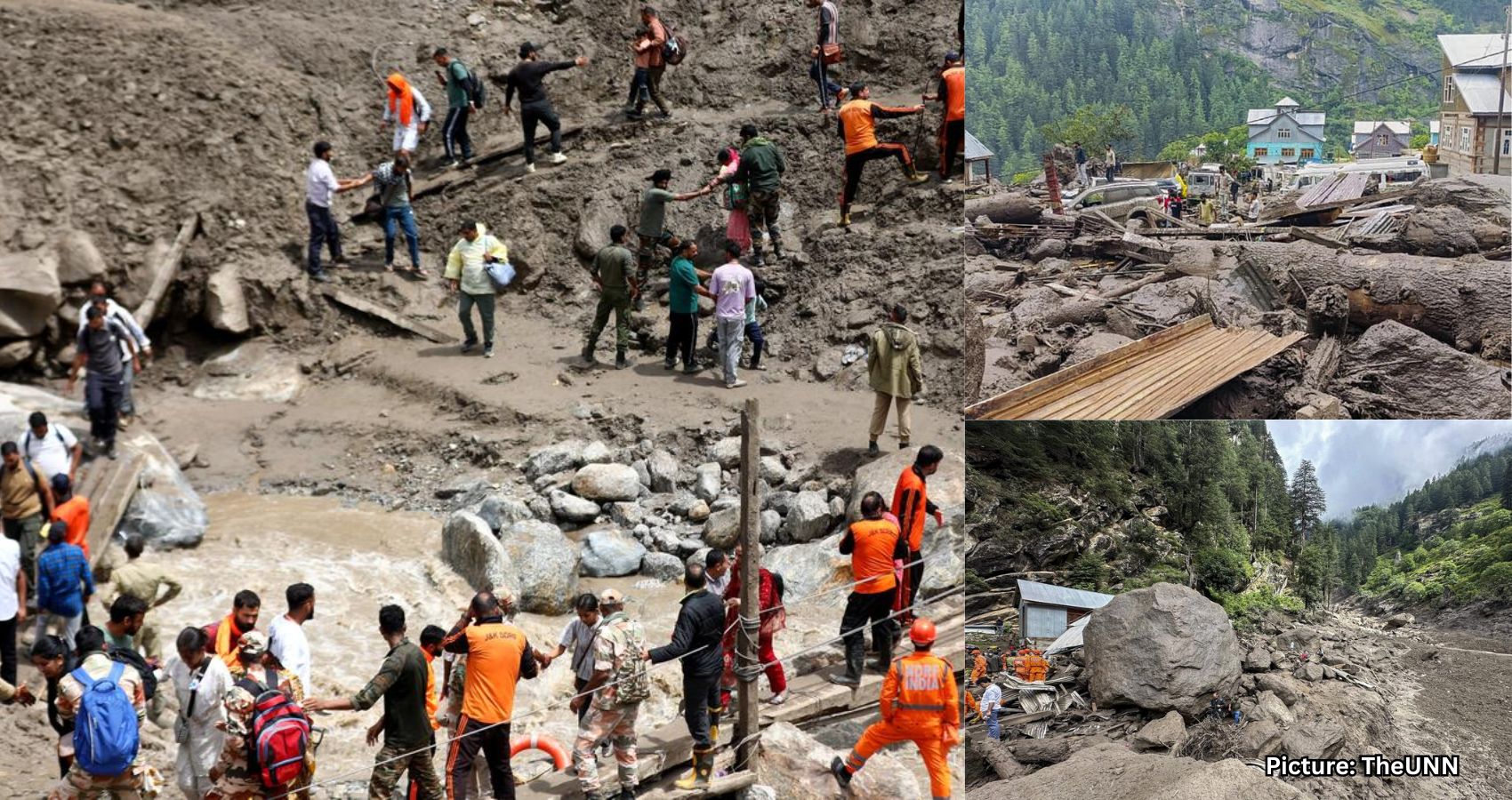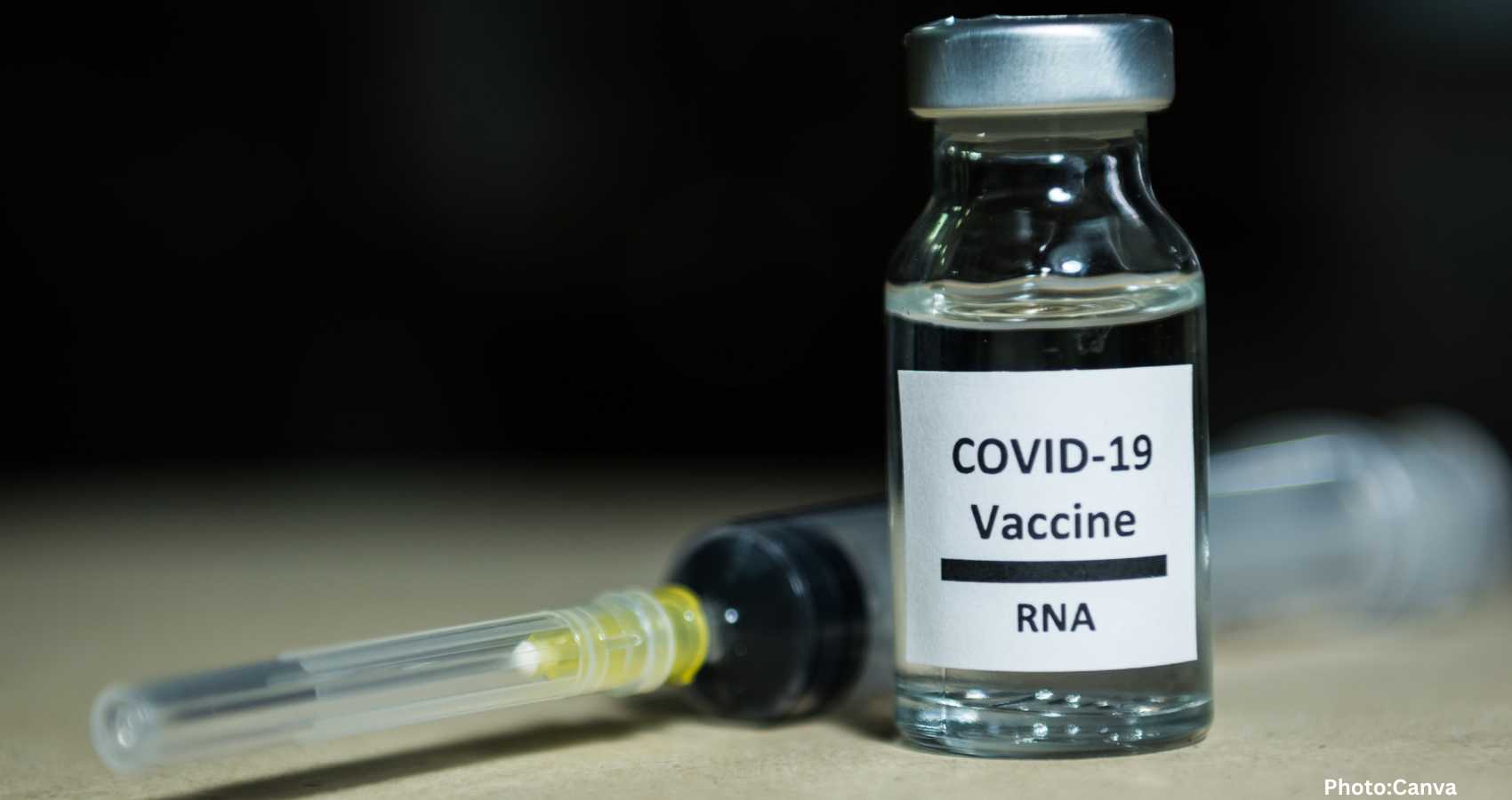Brazil’s Health Ministry reports 127 suspected cases of methanol poisoning linked to tainted liquor, prompting emergency measures and widespread panic across the nation.
The Brazilian Ministry of Health has issued a warning to the public to avoid cocktails following a series of methanol poisoning incidents that have resulted in at least one death and left several others with severe health complications. The alarming situation has triggered a nationwide panic as reports of suspected poisonings continue to rise.
As of now, there are 127 suspected cases of methanol-laced liquor across Brazil, with 11 confirmed cases and 116 others still under investigation. The affected areas include at least five states and the capital, Brasília. Local media reports indicate that victims have included patrons at upscale bars and restaurants, many of whom have experienced life-altering consequences such as blindness or comas after consuming popular Brazilian drinks like caipirinhas and vodka tonics.
Rafael Martinez, a 30-year-old architect from São Paulo, expressed his concerns about the situation. “I’m definitely not going out to drink this weekend. Things are worrying,” he said. “For now, I’d rather stick to soda or, at most, beer, which they said is harder to tamper with.”
In response to the crisis, Health Minister Alexandre Padilha has urged Brazilians to “steer clear of colorless spirits.” The ministry has announced emergency measures, including the acquisition of 2,500 doses of fomepizole, an antidote for methanol poisoning, along with 12,000 ampoules of medical-grade ethanol. Shipments of these antidotes began on Saturday to five states, as the government works to prevent further fatalities.
Most of the reported cases have originated in São Paulo, although instances have also been identified in distant states such as Pernambuco and Mato Grosso do Sul. Padilha assured the public that the new stockpile of antidotes would ensure “no patient goes without treatment,” emphasizing that the antidotes can be administered even before laboratory confirmation of methanol poisoning.
Federal police are currently investigating a potential connection to organized crime groups suspected of distributing counterfeit liquor. Methanol, an industrial chemical, is known to cause serious nerve and liver damage and is often found in fake or poorly distilled alcoholic beverages.
In light of the crisis, many restaurant owners have suspended liquor sales to reassure anxious customers. Nikolaos Loukopoulos, who operates a Greek restaurant in São Paulo, noted, “Last night no one bought drinks … even I don’t want to drink. With a beer, we’re fine in this heat. Why risk it?”
While Rio de Janeiro, a major tourist destination, has not yet reported any confirmed cases, local beach kiosks and restaurants have taken to social media to post warnings aimed at calming visitors. Thais Flores, a 28-year-old dental surgeon visiting Rio from São Paulo, shared her cautious approach to drinking. “I don’t really like beer, but because of the latest news, it’s been my drink of choice,” she said.
Her friend, Raquel Marques, 29, admitted to taking a risk by ordering a vodka caipirinha despite the warnings. “I’m scared, but we took a chance,” she said. “The guy said he bought it at the market.”
The timing of this scare is particularly concerning as Brazil approaches its peak tourism season, raising fears of a significant economic impact on the country’s vibrant beaches and nightlife industry. The situation remains fluid, and authorities continue to monitor and respond to the crisis as it unfolds.
Source: Original article


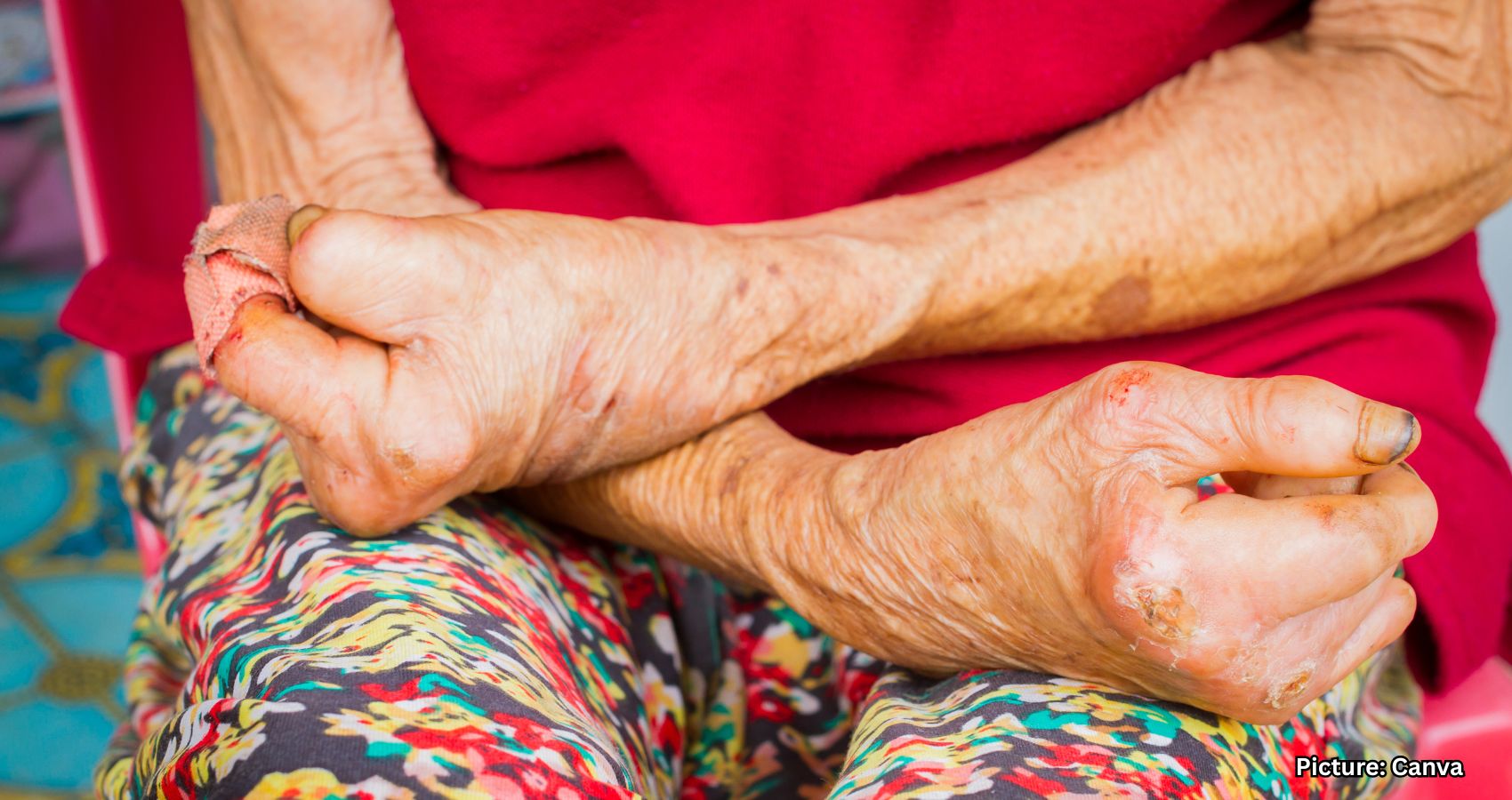


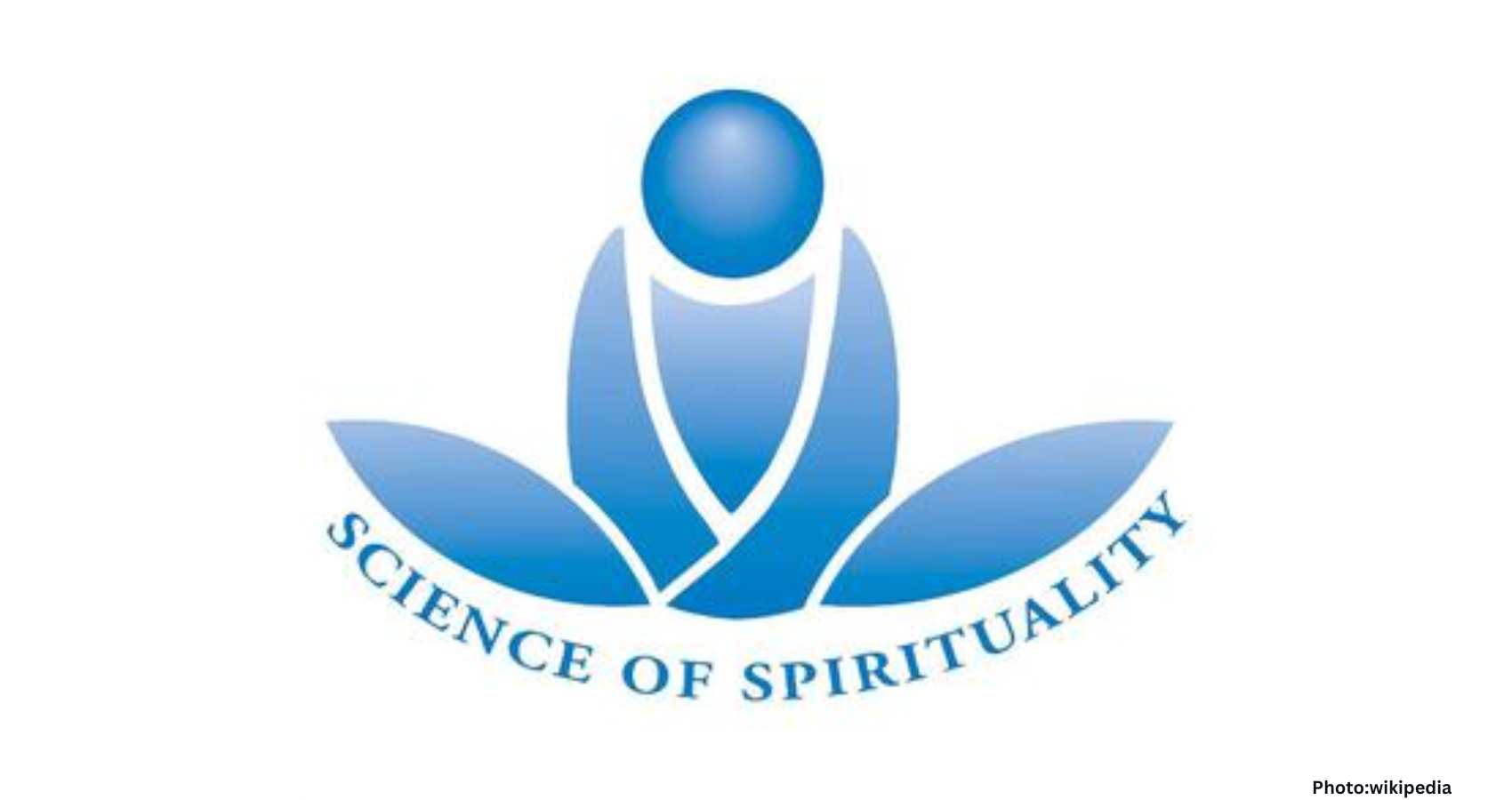
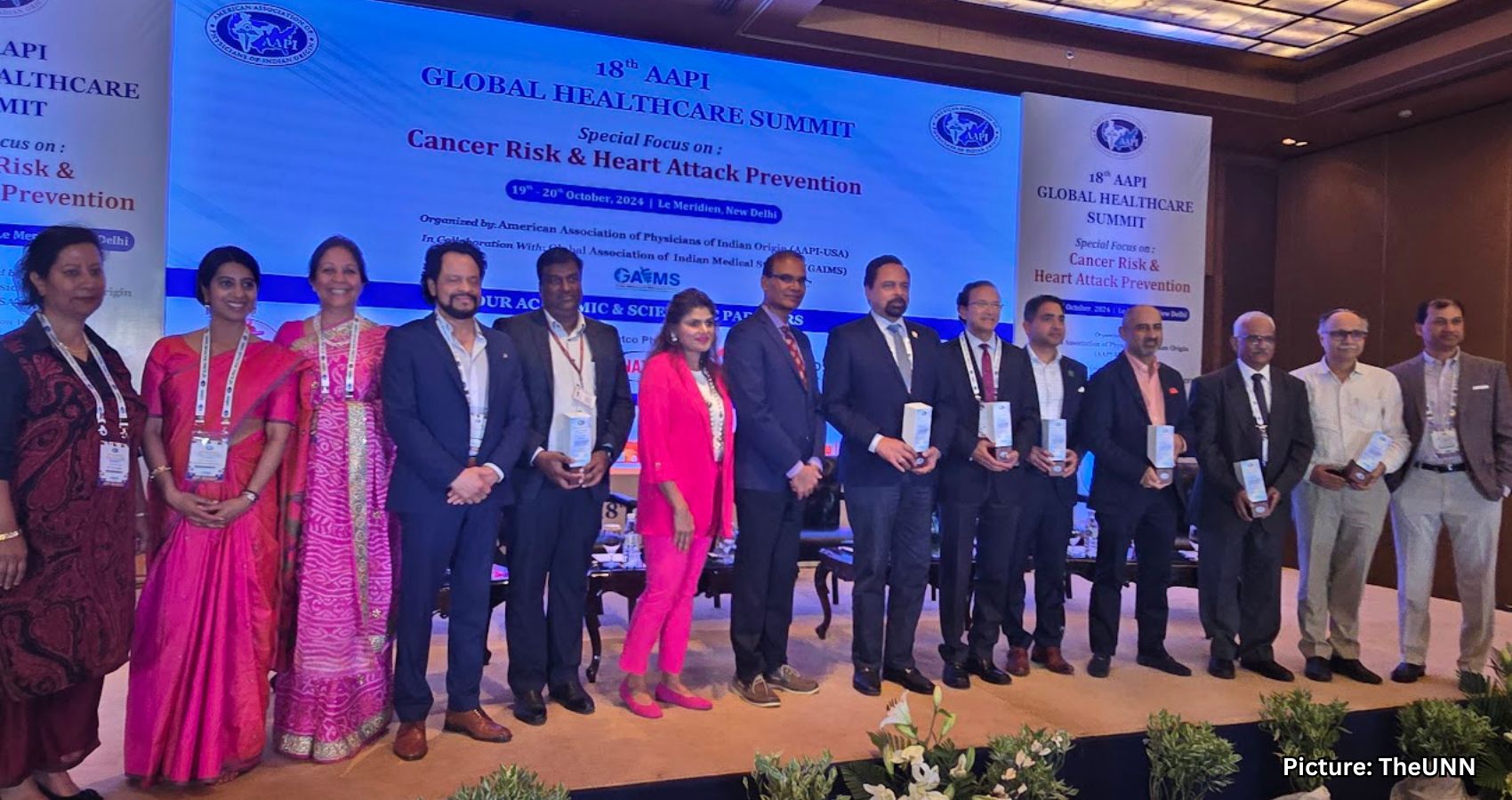
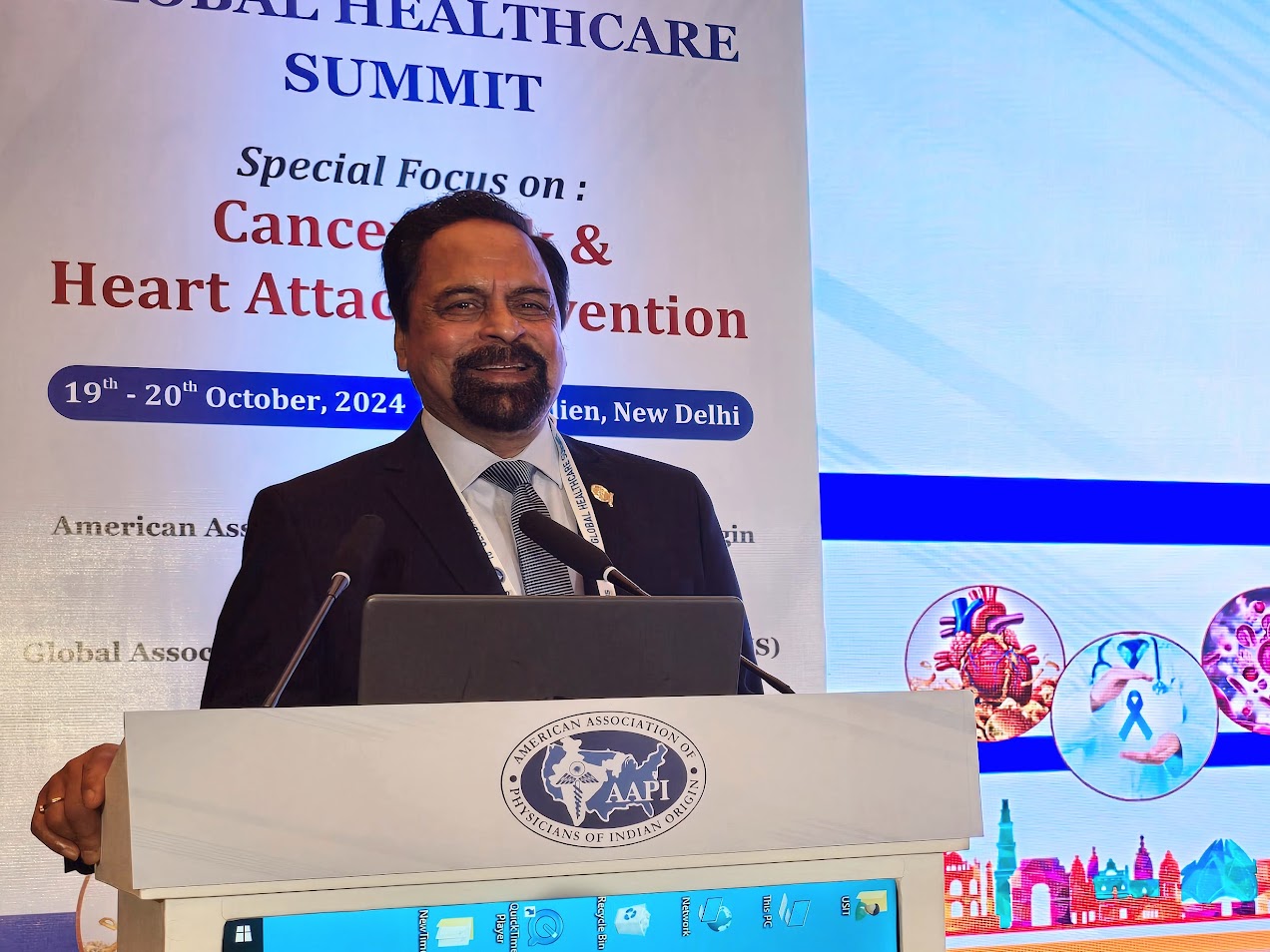 CHICAGO, IL — The American Association of Physicians of Indian Origin (AAPI) has unveiled plans for its 19th Annual Global Healthcare Summit (GHS), scheduled for January 9–11, 2026, in Bhubaneshwar, Orissa. The event is set to address urgent health issues including Tuberculosis (TB), Diabetes, and the role of Ayurveda in contemporary medicine, alongside showcasing advancements in artificial intelligence and healthcare technology.
CHICAGO, IL — The American Association of Physicians of Indian Origin (AAPI) has unveiled plans for its 19th Annual Global Healthcare Summit (GHS), scheduled for January 9–11, 2026, in Bhubaneshwar, Orissa. The event is set to address urgent health issues including Tuberculosis (TB), Diabetes, and the role of Ayurveda in contemporary medicine, alongside showcasing advancements in artificial intelligence and healthcare technology.








